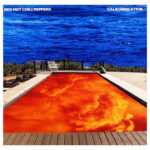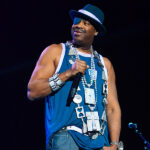What exactly defines “dance songs”? It’s a question that opens up a vast musical landscape. In a broad sense, any song that inspires movement can be considered a dance song. From The Beatles to Slayer, countless artists across genres have created music that gets people moving. Hip-hop and reggae are almost inherently danceable. However, when curating a definitive list of the greatest dance songs, we need a more specific lens – “dance music culture.” This is a distinct and expansive world, with a rich history spanning decades and constantly evolving.
Our journey into dance music begins in the mid-1970s with the rise of disco, paying tribute to James Brown, the undeniable godfather of the groove. From disco’s glittering ballrooms, we transition into the early 1980s club scenes, exploring sounds like electro and Latin freestyle. Dance music experienced a powerful resurgence as disco was reimagined into house music in Chicago and techno in Detroit. This reinvention sparked a rapid evolution, exploding into the 1990s rave scene, giving birth to genres from jungle and trance to gabba and garage, and eventually leading to the EDM and dubstep phenomena of the 2000s. While these sounds have had moments of mainstream prominence, they remain vital and influential. Drum ‘n’ bass is currently experiencing renewed interest, and house music continues to innovate and produce compelling tracks.
This exploration doesn’t aim to capture every nuance within this vast ocean of subgenres. Instead, we focus on tracks that possess a timeless quality, songs that feel universally significant within dance music culture. We are particularly interested in moments where dance music intersects with broader musical styles – synth-pop, hip-hop, funk, Miami bass, R&B, indie-rock, Latin music, and mainstream pop. This is why our selection includes artists as diverse as Prince, Robyn, Britney Spears, and Justin Bieber alongside pioneers like Adonis, Frankie Knuckles, Moodymann, Goldie, and SOPHIE.
If you’re curious about the path that led to a summer where artists like Drake and Beyonce are releasing house-infused records, this is our take on that story – a journey through the sounds that shaped contemporary dance music.
Video Editor, Brian Lynch for Rolling Stone
Visual Credits (in order of appearance): Kylie Minogue – Can’t Get You Out of My Head, Crystal Waters – Gypsy Woman, Beyonce – Blow, Corona – The Rhythm of the Night, Madonna – Sorry, Britney – Till the World Ends, Madonna – Vogue, Daft Punk – Get Lucky, Robyn – Dancing on my Own, Joey Beltram – Energy Flash, Azealia Banks – 212, Rihanna & Calvin Harris – We Found Love, DJ Snake & Lil Jon – Turn Down for What, Sylvester – You Make Me Feel, Piri – Soft Spot, Chic – Le Freak, Dee-Lite – Groove is in the Heart, Donna Summer – I Feel Love, Prince – When Doves Cry, Erik B & Rakim – Paid in Full, First Choice – Let No Man Asunder, Michael Jackson – Don’t Stop ’Til you get Enough, A Guy Called Gerald – Voodoo Ray, Grace Jones – Bumper, Marshall – Move Your Body, Internet sensation kid 1997 in Berlin, Whitney Houston – It’s Not Right. Licensed Tracks/SFX (in order): Biodynamic modulated stutter riser, Dance like crazy – Ikoliks, Our Vibe – Superlative, Dance Out There – Alejandro Molinari, Pineapple Disco – Audiopanther, Bring It – Naems, Blurry Stars – Nbdy Nprtnt, Dark Future – Skygaze, Taika Promo (Rolling Stone VO). Song Samples (in order): Erik B & Rakim – Paid in Full, Dee-Lite – Groove is in the Heart, Madonna – Vogue, Azealia Banks – 212, Sylvester – You Make Me Feel, Michael Jackson – Don’t Stop ’Til you get Enough, Marshall Jefferson – Move Your Body, DJ Snake ft. Lil Jon – Turn Down for What, Dee-Lite – Groove is in the Heart, Whitney Houston – It’s Not Right
Disco’s Lasting Impact: Donna Summer – ‘Last Dance’ (1979)
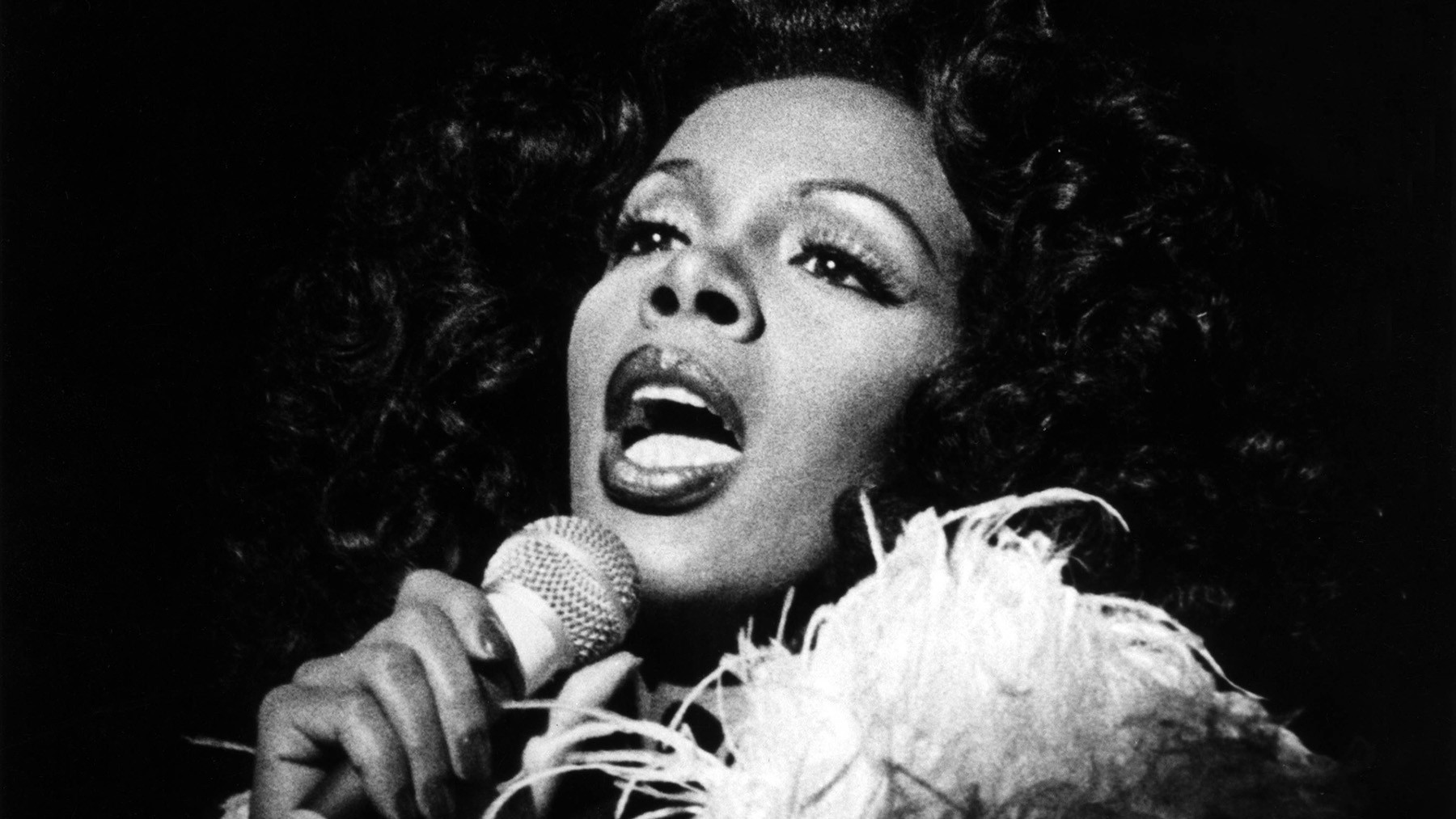 Donna Summer Last Dance Image
Donna Summer Last Dance Image
Image Credit: Redferns
While the film Thank God It’s Friday might be seen as a promotional vehicle for Casablanca Records and a sign of disco’s impending decline, “Last Dance” stands as a testament to the genre’s artistry. This track, awarded an Oscar for Best Original Song, masterfully builds from a slow, almost ballad-like beginning into a dynamic and exhilarating disco anthem. Bob Esty, Casablanca’s producer, deserves immense credit for conceiving the song’s brilliant tempo transformation, making it a quintessential example of a good dance song from the disco era. —M.M.
Big Beat Energy: Fatboy Slim – ‘The Rockafeller Skank’ (1998)
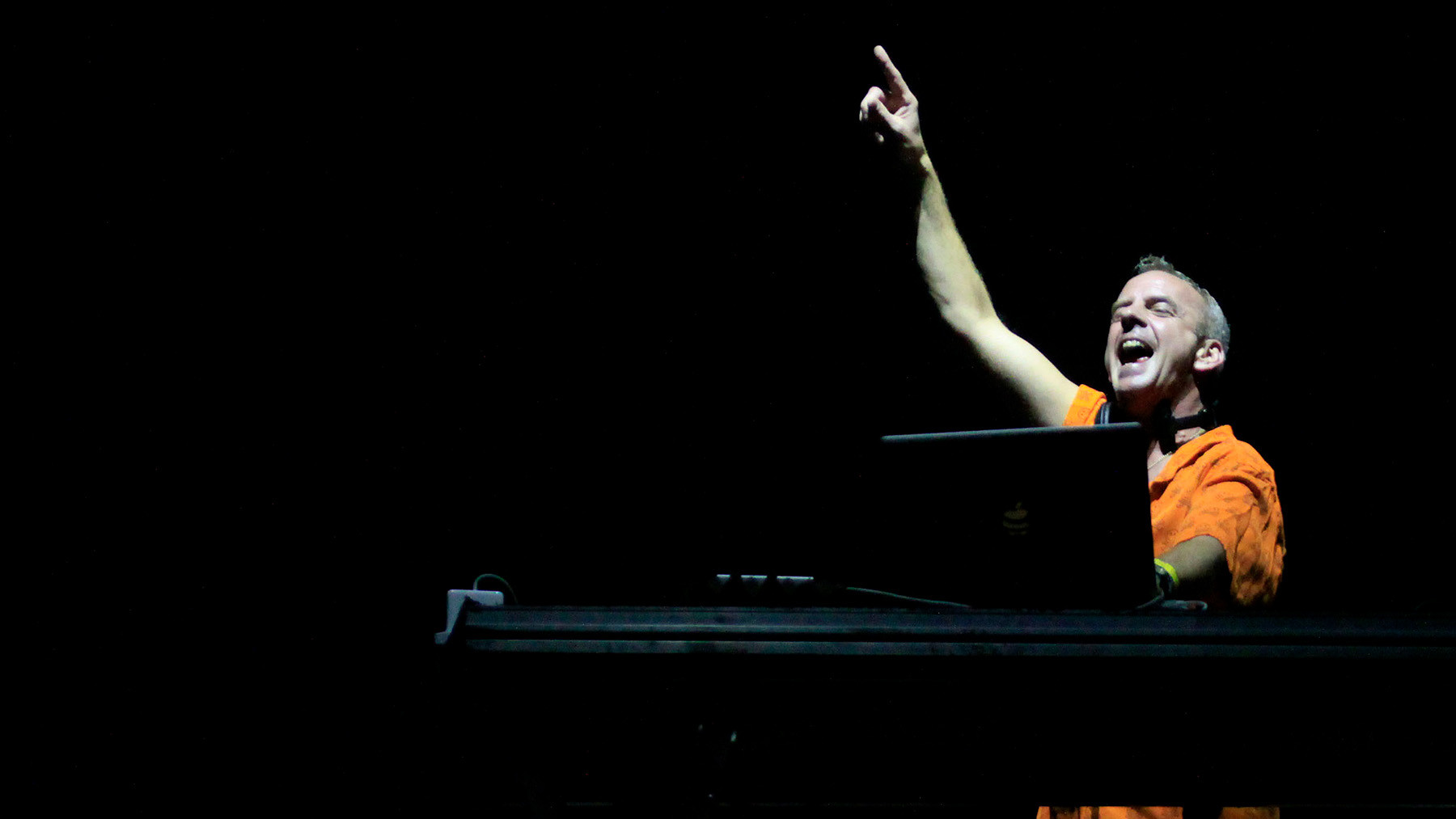 Fatboy Slim Concert Performance in Brazil
Fatboy Slim Concert Performance in Brazil
Image Credit: AP
Norman Cook, known as Fatboy Slim, humorously described his massive hit, “The Rockafeller Skank,” noting the immediate recognition it received when first played in Brighton. Cook’s signature formula of breakbeats and catchy guitar riffs reached peak effectiveness with “Skank.” Featuring a surf-rock guitar line and a memorable Lord Finesse vocal sample (“Right about now, the funk soul brother/Check it out now, the funk soul brother”), the track became instantly ubiquitous. Despite jokes about appealing to a “frat-boyish mentality,” “Rockafeller Skank” became a defining anthem, proving its status as a good dance song that transcends subgenres. —M.M.
Gabber’s Hardcore Roots: Mescalinum United – ‘We Have Arrived’ (1991)
Techno’s heavier, more intense counterpart is “gabber,” a Dutch word for “buddy,” and a genre with a strong following in the Netherlands. However, the pioneering figure of gabber is Marc Acardipane, who has recorded under around 90 different names. His early track, “We Have Arrived,” released under the name Mescalinum United, remains a powerful example of the genre. Built upon relentless drums and piercing air-raid siren sounds, it became a foundational record for gabber. At Brooklyn raves, DJ Lenny Dee, who released the track in America, witnessed crowds moshing to its intense energy, solidifying its place as a groundbreaking good dance song in the hardcore scene. —M.M.
Elegant Dance Music: Oliver Heldens – ‘Melody’ (2016)
 Oliver Heldens DJ Portrait
Oliver Heldens DJ Portrait
By the mid-2010s, even mainstream festival DJs were seeking alternatives to the predictable build-and-drop structures that had become dominant in dance music. Oliver Heldens’ “Melody” marked a significant shift. Released when the Dutch producer was only 18, the track’s sweeping string arrangements and uplifting piano melodies evoked a more refined, classic dance music feel. Yet, its bass still retained a powerful impact. “Melody” signaled a move towards a more sophisticated sound within dance music, proving that Good Dance Songs can be both impactful and musically rich. —M.M.
Soulful House Monologue: Kerri Chandler – ‘Rain’ (1998)
New Jersey house producer Kerri Chandler’s deeply soulful tracks have made him a pivotal figure for many contemporary producers and DJs. Chandler, despite his influence, doesn’t consider himself a traditional singer. Instead, he describes himself as a “vocalist” or “monologist,” expressing his life stories through music. In “Rain,” his heartfelt plea, punctuated by repetitions of the title word, teeters on the edge of sadness. However, the music itself, particularly the playful xylophone solo, maintains a more lighthearted and teasing tone. “Rain” is a testament to Chandler’s unique approach to house music, creating good dance songs that are both emotionally resonant and rhythmically engaging. —M.M.
Electro’s Humorous Side: Detroit Grand Pubahs – ‘Sandwiches’ (2000)
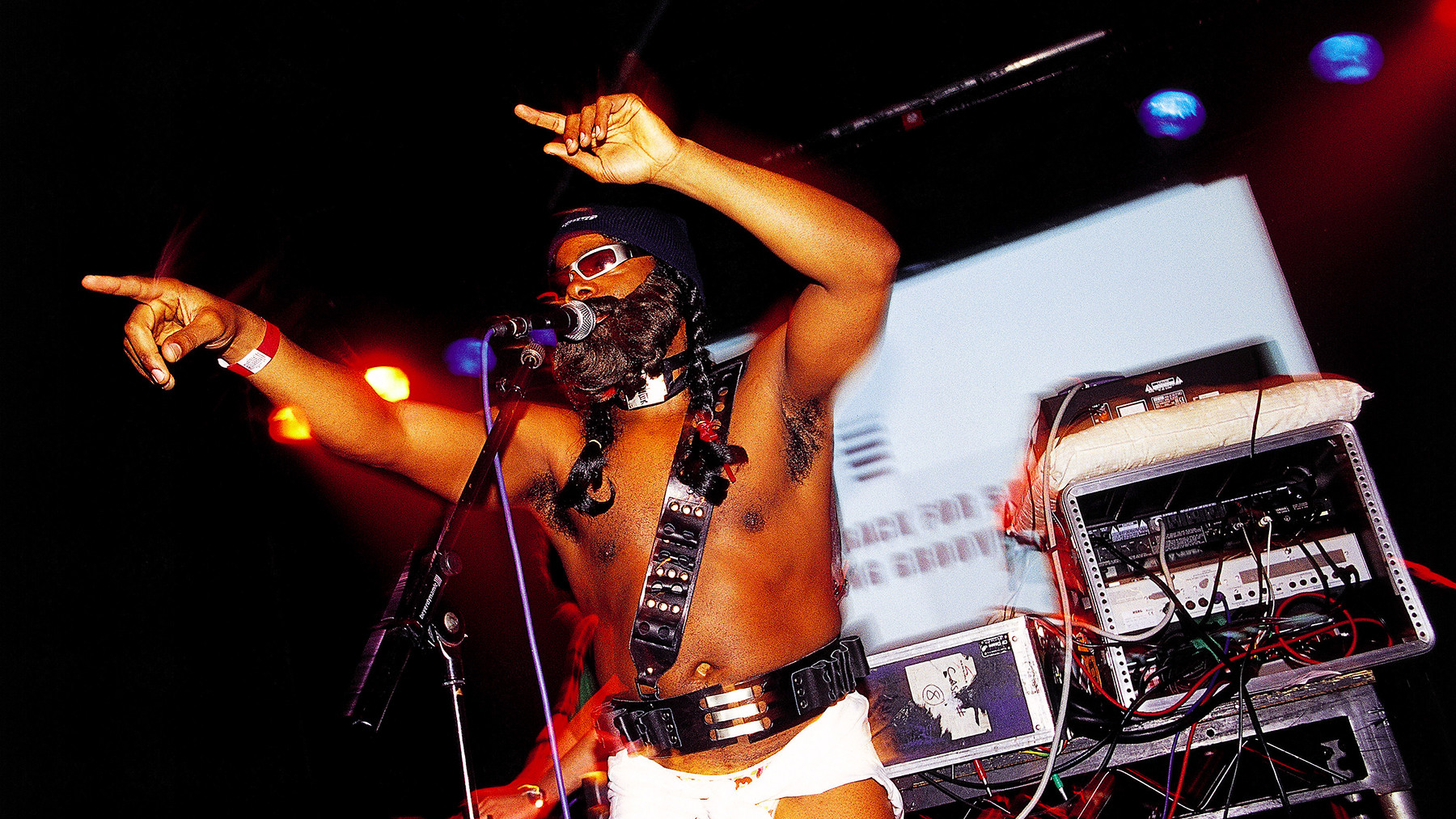 Detroit Grand Pubahs Live Performance
Detroit Grand Pubahs Live Performance
Image Credit: Jim Dyson/Getty Images
Andy Toth and Mack Goudy, known as Dr. Toefinger Paris the Black Fu of Detroit Grand Pubahs, formed their musical partnership after meeting while working at a restaurant in Michigan. Sharing a fondness for whiskey and music creation, their collaboration led to unexpected hits. One night, Toth created a vibrant and quirky electro track. Paris, upon hearing it, immediately grabbed a microphone and improvised humorous, suggestive lyrics about a dance floor encounter. This spontaneous creation, “Sandwiches,” became a defining moment in Detroit’s electro revival at the turn of the century and an instant global club hit, showcasing how good dance songs can be both innovative and playfully irreverent. —M.M.
Controversy and House Music: Black Box – ‘Everybody Everybody’ (1990)
Sometimes, the creation of a great record is shrouded in controversy. “Everybody Everybody” by Black Box is one such example. Martha Wash of the Weather Girls was hired to sing demos for Italian house producers Groove Groove Melody. She was led to believe her vocals were for demo purposes only, intended for other singers. Instead, the tracks were released under the name Black Box, featuring Wash’s uncredited vocals. Adding insult to injury, a model was hired to lip-sync Wash’s vocals in music videos. Wash took legal action and won. Daniele Davoli of Black Box later expressed remorse, acknowledging their mistake. Despite the controversy, “Everybody Everybody” remains a powerful and iconic house track, demonstrating how even complex origins can lead to undeniably good dance songs. —M.M.
Bounce Music Breaks Through: Big Freedia – ‘Azz Everywhere’ (2010)
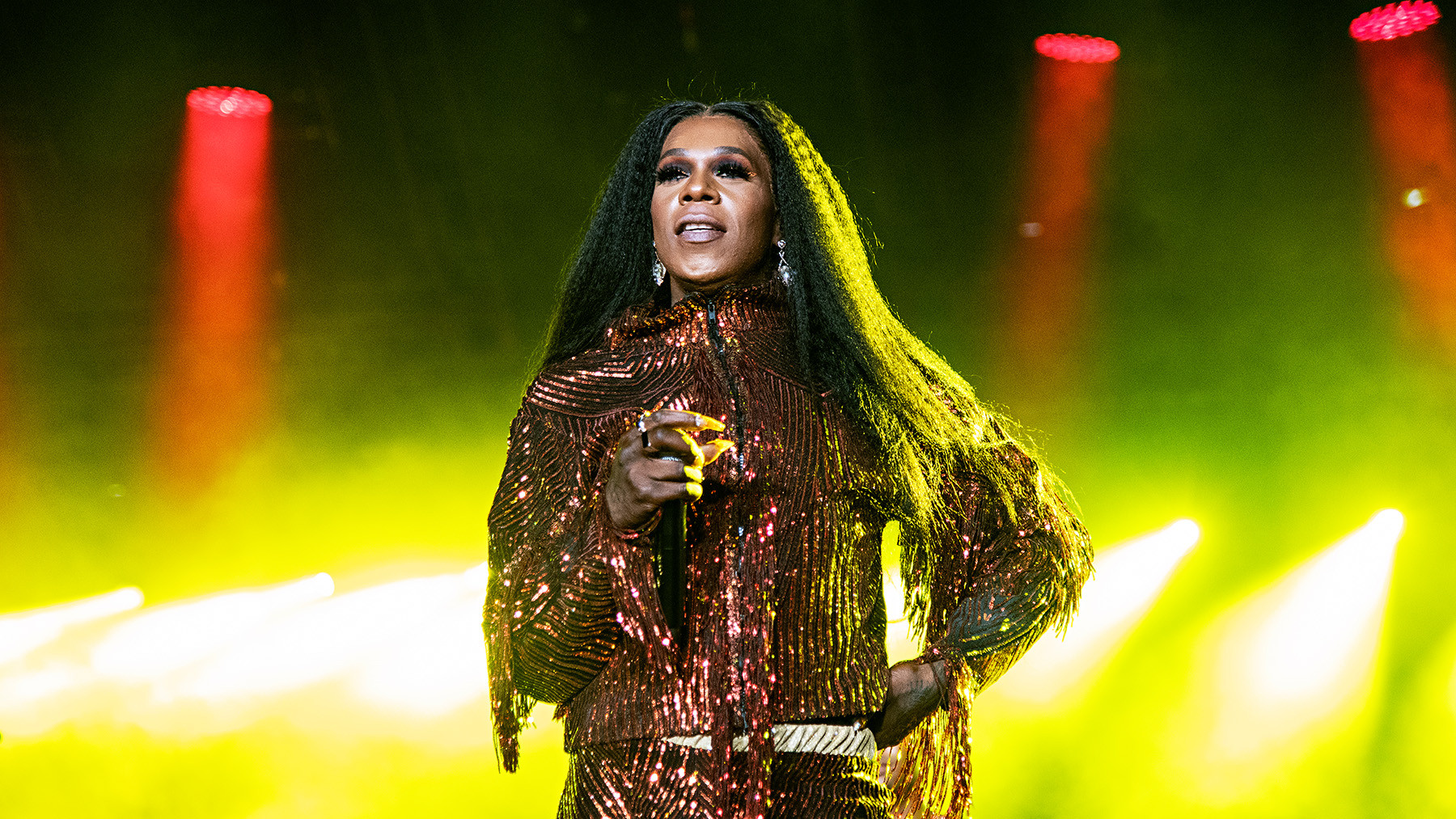 Big Freedia Essence Festival Performance
Big Freedia Essence Festival Performance
Image Credit: Amy Harris/Invision/AP
Big Freedia has been a tireless advocate for New Orleans bounce music, a high-energy, distinctive club sound that has been around for decades and is intrinsically linked to twerking. “Azz Everywhere” was the track that propelled bounce music into wider recognition. A riotous blend of snares, samples, and the shouted title phrase, it captured the raw energy of the genre. Big Freedia actively educates audiences about bounce music’s history, describing it as “uptempo, heavy bass, holler-response music” deeply connected to dance and movement. “Azz Everywhere” is a prime example of a good dance song that is both culturally significant and incredibly energetic. —M.M.
Dubstep’s Emotional Depth: Joy Orbison – ‘Hyph Mngo’ (2009)
In the late 2000s, dubstep producers pushed creative boundaries, resulting in a wave of experimental tracks. Joy Orbison’s debut, “Hyph Mngo,” became the defining dubstep track of 2009, capturing the scene at its peak. While featuring the genre’s characteristic bass and synthetic sounds, “Hyph Mngo” stood out with its smooth, gliding elements. The ricocheting snare drum and fragmented vocal samples – a woman’s voice uttering “Ooh!” and “I do” – added an unexpected emotional depth, making it more accessible and contributing to its mainstream appeal. “Hyph Mngo” demonstrated that good dance songs in dubstep could be both innovative and emotionally engaging. —M.M.
Post-Punk Dance Fusion: ESG – ‘Moody’ (1981)
 ESG Moody Band Image
ESG Moody Band Image
The Scroggins sisters, forming ESG in the South Bronx, profoundly influenced New York dance music in the late 1970s. While drawing inspiration from funk and disco, their minimalist sound and focus on percussion resonated with post-punk and no-wave club scenes. Their collaboration with Joy Division producer Martin Hannett for their debut EP further solidified their unique sound. “Moody,” the EP’s centerpiece, remains timeless. Its slinking bassline, bongo rhythms, and Renee Scroggins’ ethereal vocals create a sound that still feels ahead of its time, making it a good dance song that bridges genres and eras. —C.S.
Remix Reimagination: La Roux – ‘In for the Kill (Skream’s Let’s Get Ravey Remix)’ (2009)
 La Roux Live Performance
La Roux Live Performance
Image Credit: Jim Ross/Invision/AP
Artists sometimes have mixed feelings about remixes of their work. However, La Roux’s Elly Jackson praised Skream’s remix of “In for the Kill” for capturing the true essence of the song even more effectively than the original mid-tempo synth-pop version. Skream’s remix stripped away the original beat and Kanye West’s guest rap, creating a tense atmosphere with flattened synths before unleashing a burst of drum-and-bass rhythms. Jackson felt Skream’s remix achieved what they had envisioned for the song but were too hesitant to execute themselves. This remix transformed “In for the Kill” into a powerful and unexpected good dance song, highlighting the transformative power of remixing. —M.M.
UK Garage Emergence: Double 99 – ‘RIP Groove’ (1997)
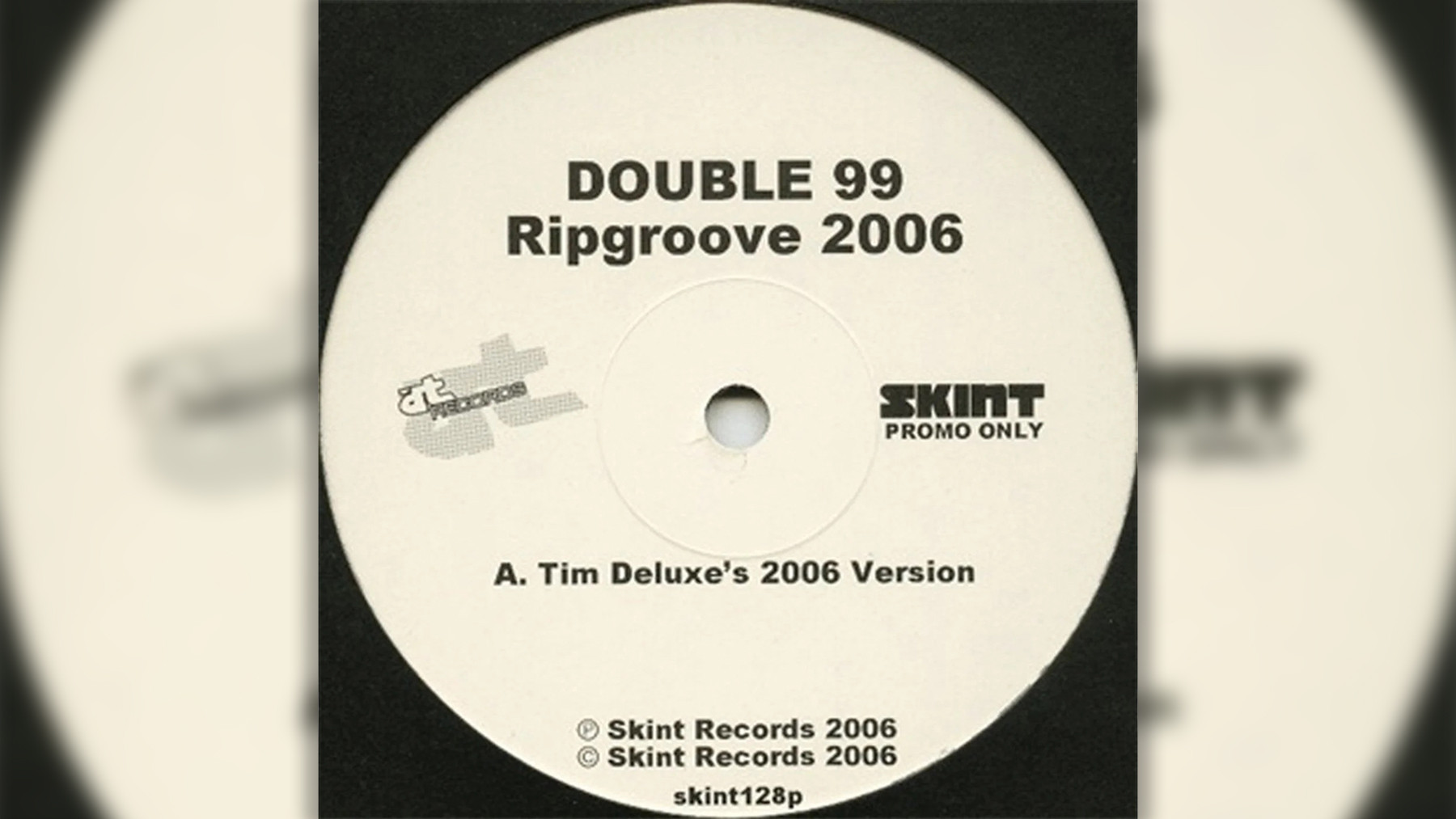 Double 99 DJ Duo Image
Double 99 DJ Duo Image
London producers Tim Deluxe and DJ Omar, initially known as RIP, rebranded as Double 99 to mark a double-pack vinyl EP release. Due to time constraints, they created track names and artwork before the music was even finished. “RIP Groove,” a tribute to their previous moniker, was hastily constructed in just three hours using samples from Armand Van Helden’s remix of CJ Bolland’s “Sugar Is Sweeter,” Kenny Dope, and singer Tina Moore. Despite its rushed creation, it became a massive hit in 1997, introducing UK garage (then called “speed garage”) to mainstream charts and establishing a new sound in dance music. “RIP Groove” is a testament to the spontaneous creativity that can produce good dance songs that define genres. —M.M.
Europop Blueprint: Snap! – ‘The Power’ (1990)
Snap!’s “The Power” is a quintessential example of dance music’s global reach and transformative nature. Two German producers sampled American rapper Chill Rob G and R&B vocalist Jocelyn Brown to create a club hit. Major label Arista picked it up and rerecorded it with Turbo B, an American G.I. stationed in Germany. Chill Rob G then released his own version as Power Jam feat. Chill Rob G. Both versions became club hits. “The Power” became a blueprint for Europop, establishing a formula of rapping, singing choruses, and returning to rap verses. Michael Muenzing of Snap! noted the proliferation of groups adopting this style, solidifying “The Power” as a highly influential and good dance song that shaped a genre. —M.M.
Jersey Club’s Visceral Energy: DJ Frosty feat. Fatman Scoop, DJ Webstar, Young B. & Smooth – ‘Ride That Wave (Remix)’ (2010)
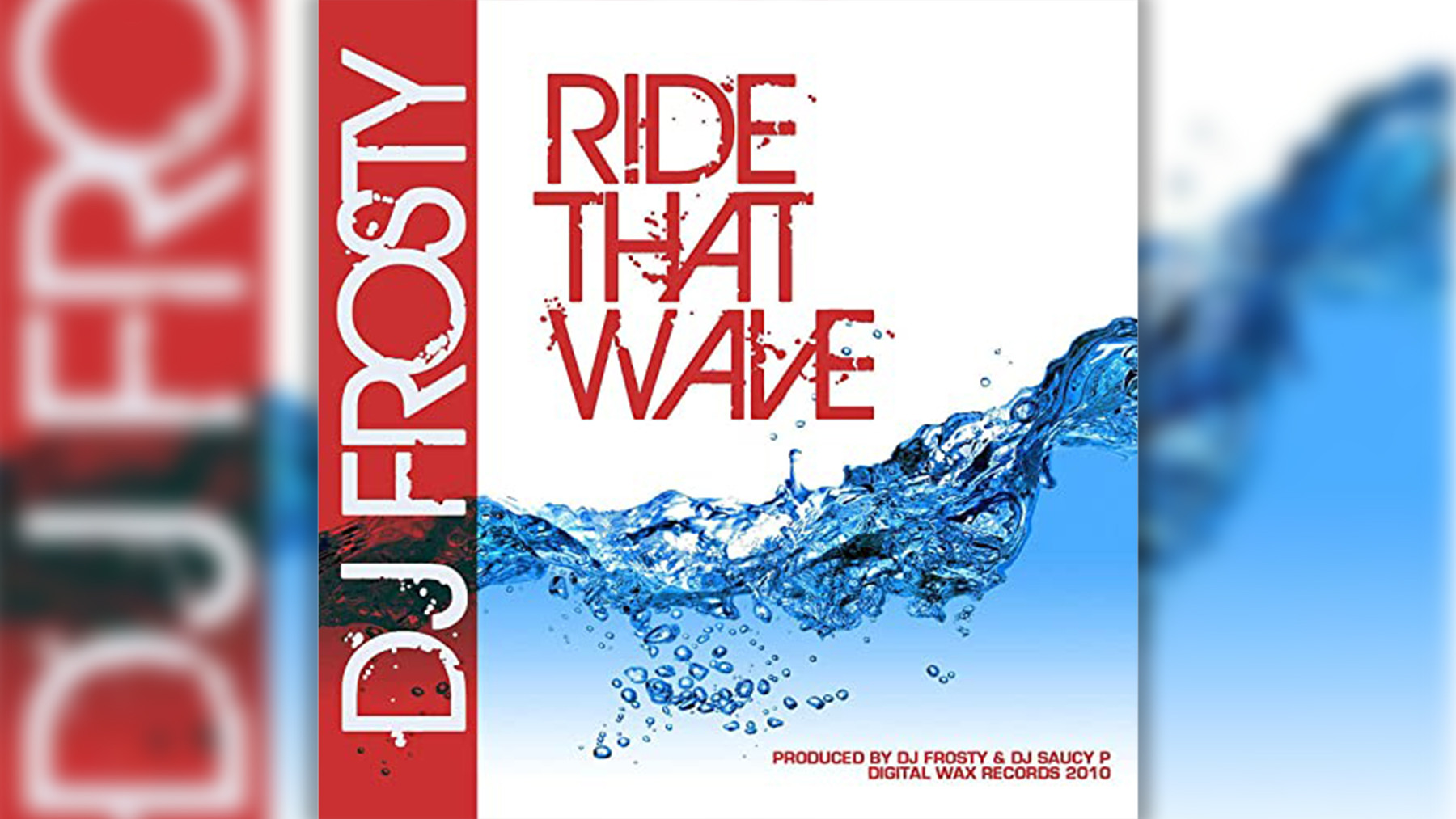 DJ Frosty Portrait
DJ Frosty Portrait
Jersey club, originating in Newark, New Jersey, is characterized by its syncopated rhythms, clipped vocal samples, and energetic yet non-violent feel, reminiscent of hip-house but with its own distinct character. DJ Frosty’s “Ride That Wave” exemplifies these qualities. An incredibly catchy, chant-along track, it emerged as Jersey club began gaining international attention from EDM producers. This exposure eventually led to Jersey club’s influence reaching mainstream artists like Drake on Honestly, Nevermind. The remix featured Fatman Scoop, known for his 90s hip-hop cut-ups, further solidifying the track’s club credentials. “Ride That Wave” is a prime example of a good dance song that captures the unique energy of Jersey club and its growing influence. —J.D.
Nu-Disco Serendipity: Todd Terje – “Inspector Norse” (2012)
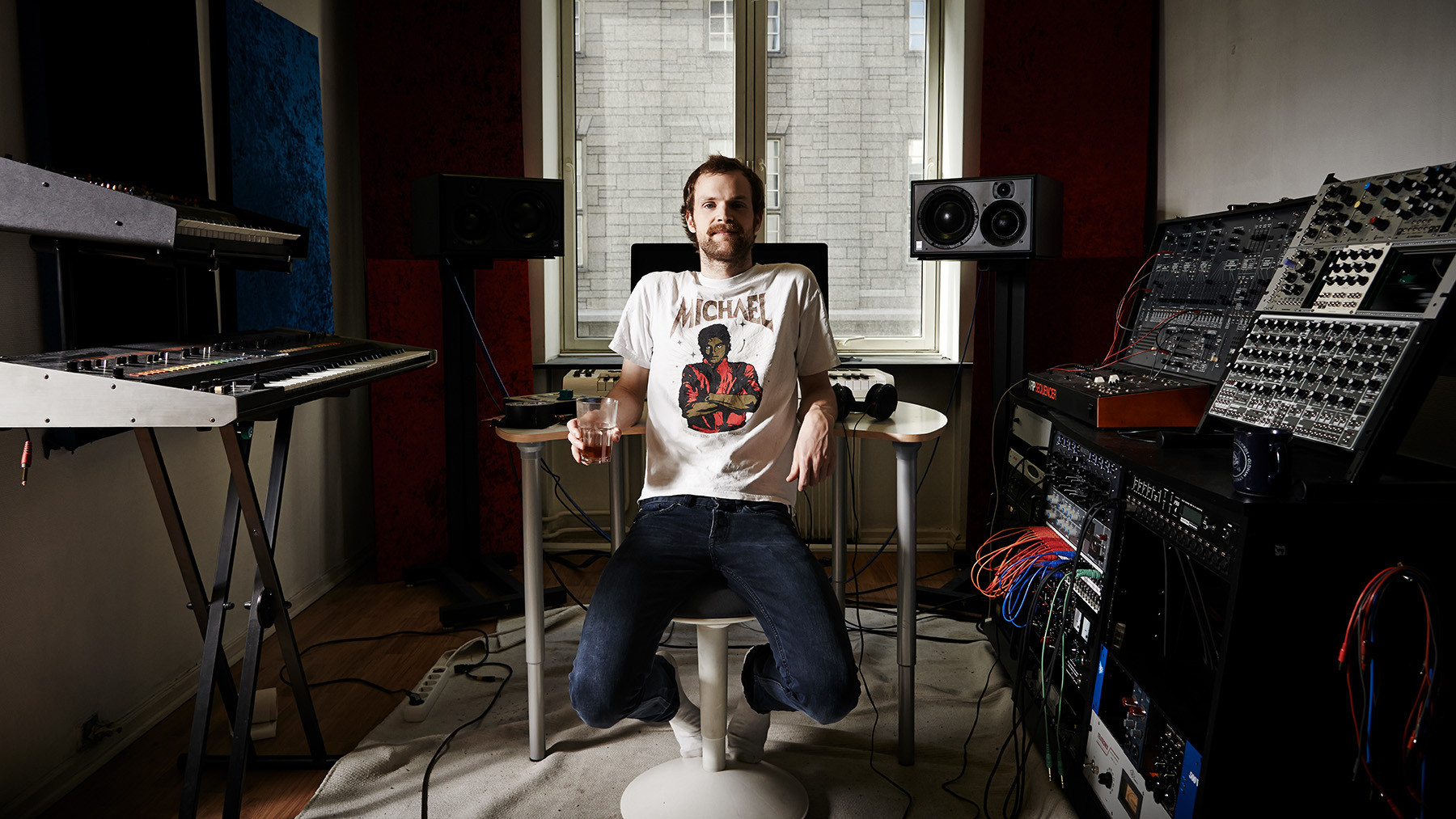 Todd Terje DJ Performance
Todd Terje DJ Performance
Image Credit: Future via Getty Images
Norwegian nu-disco producer Todd Terje created “Inspector Norse” using only sounds from a vintage ARP synthesizer. He didn’t anticipate the track’s widespread appeal. Intended primarily for DJs, its danceable beat and catchy melody proved unexpectedly irresistible, even leading to sing-alongs. Terje acknowledged the track’s significant impact on his DJ career and popularity. “Inspector Norse” is a testament to how seemingly simple, melody-driven tracks can become unexpectedly good dance songs and achieve broad appeal within dance music culture. —M.M.
Dance-Punk’s Sacrilegious Birth: The Rapture – ‘House of Jealous Lovers’ (2002)
 The Rapture Band Photo
The Rapture Band Photo
Image Credit: Redferns
James Murphy, DFA founder and co-producer of “House of Jealous Lovers,” recalled the initially controversial nature of The Rapture’s debut single. Their goal was to create a rock track that could compete within dance music. They meticulously crafted a sound combining Gang of Four-esque guitar riffs, manic vocals, a powerful beat, and deep bass, specifically designed for dance DJs. It worked. “House of Jealous Lovers” became the pinnacle of the early 2000s “dance-punk” movement. It sparked a trend of New York bands adopting a sound reminiscent of 1979 Manchester or Leeds, and indie bars across the city installed DJ booths, marking a significant shift in music culture. “House of Jealous Lovers” is a landmark good dance song that bridged rock and dance music, defining an era. —J.D.
Trap’s EDM Infusion: TNGHT – ‘Higher Ground’ (2012)
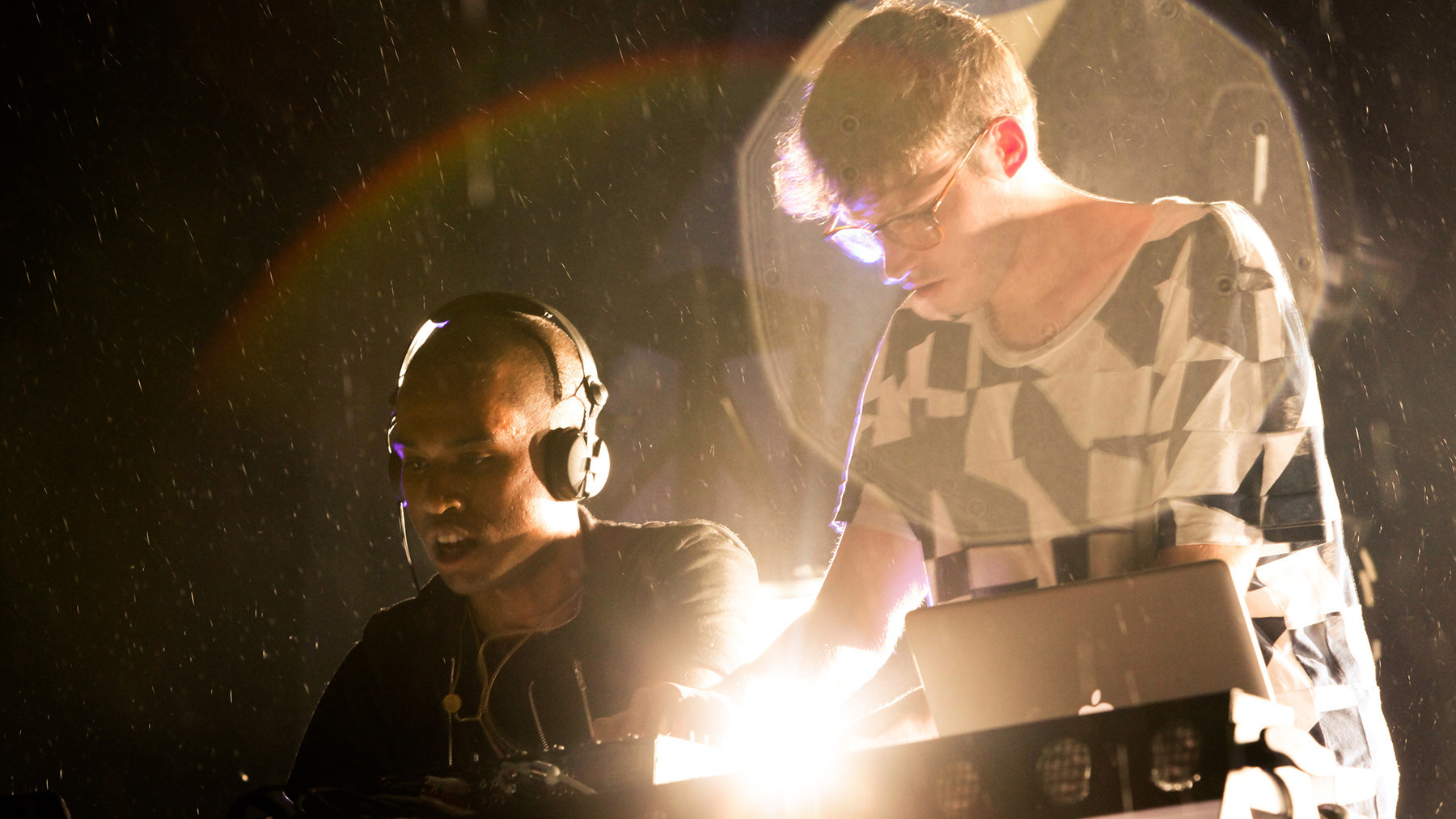 TNGHT DJ Duo Performance
TNGHT DJ Duo Performance
Image Credit: Getty Images
Hudson Mohawke described TNGHT’s 2012 EP with Lunice as their take on “big American rap beats with a little bit of cheekiness.” The five-song EP, particularly “Higher Ground,” propelled both artists to the forefront of EDM with its energetic, trap-influenced sound. “Higher Ground,” with its heavy, jeweled-elephantine stomp, is both spacious and intricately detailed. Its impact was immediate, leading Kanye West to enlist TNGHT to produce “Blood on the Leaves” for Yeezus within a year. “Higher Ground” is a powerful example of a good dance song that pushed trap into new territories within EDM. —M.M.
Drum and Bass with Jazz Roots: Roni Size and Reprazent – ‘Brown Paper Bag’ (1997)
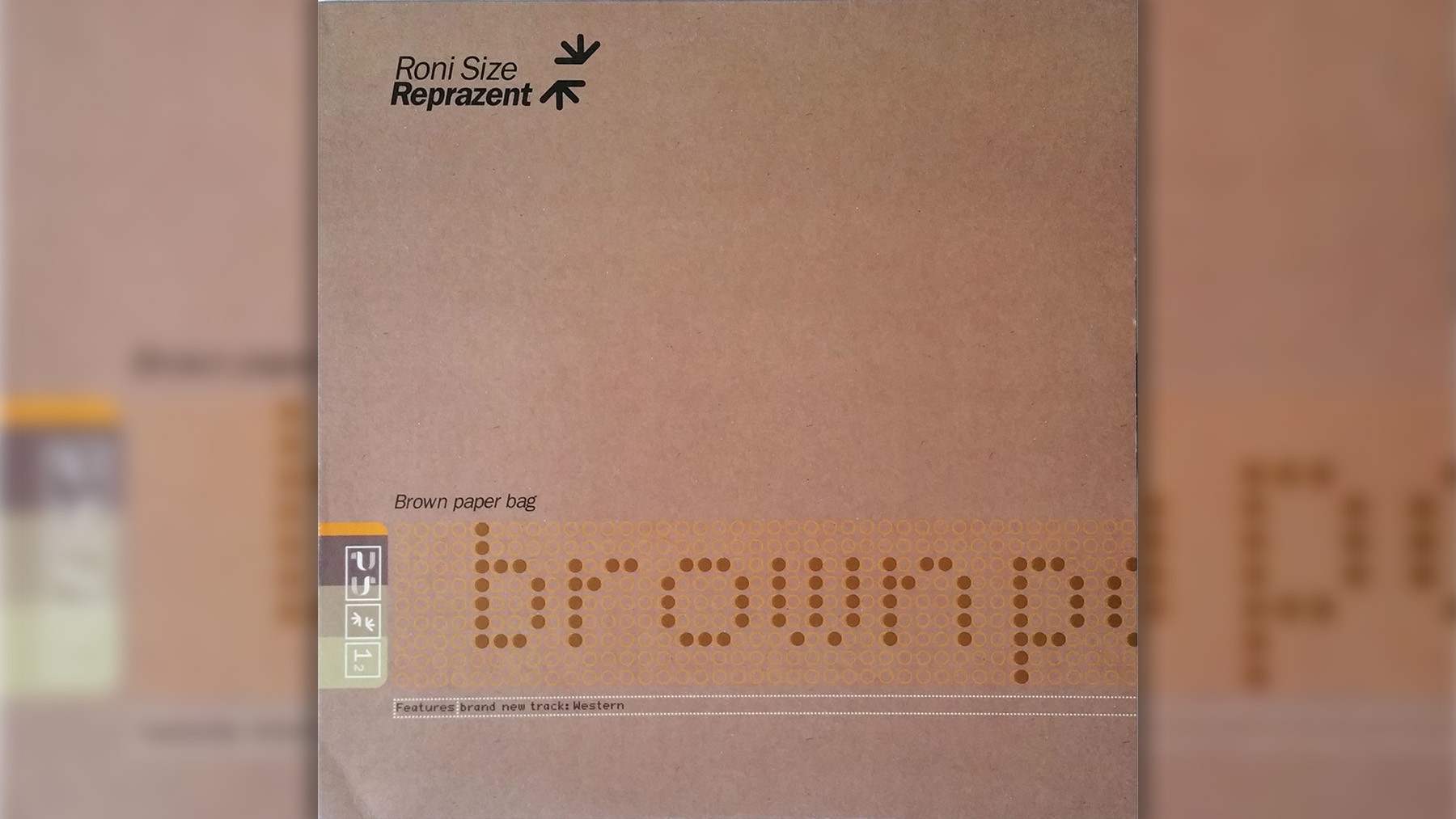 Roni Size Reprazent Band Image
Roni Size Reprazent Band Image
In the late 1990s, drum and bass became increasingly fragmented and distanced from its dancehall and hip-hop origins. Roni Size and Reprazent, from Bristol, England, successfully created drum and bass that was both experimental and rooted in its Black musical heritage. They fused frenetic beats with warm, organic jazz-funk influences. “Brown Paper Bag,” the group’s most famous track from their 1997 album New Forms, divided listeners with its jazz elements, but also attracted a wider audience. Size noted how the track’s unique sound, driven by double bass, set it apart and broadened the appeal of drum and bass, demonstrating that good dance songs can innovate while respecting their roots. —J.D.
Soulful Sound System to Chart-Toppers: Soul II Soul – ‘Back to Life (However Do You Want Me)’ (1989)
Soul II Soul, led by Jazzie B and Nellee Hooper, began as a London sound system specializing in reggae and soul. When they started recording in the late 1980s, their smooth grooves seamlessly blended both genres. Initially intended only for their sound system parties, their tracks gained wider attention. Jazzie B stated they weren’t focused on external trends, but their unique sound resonated broadly. “Back to Life” became a major hit, reaching Number One on the Billboard R&B chart and the Top Five on the Hot 100, proving that good dance songs can emerge from underground scenes and achieve mainstream success. —M.M.
Electroclash Anthem: Felix da Housecat – ‘Silver Screen Shower Scene’ (2001)
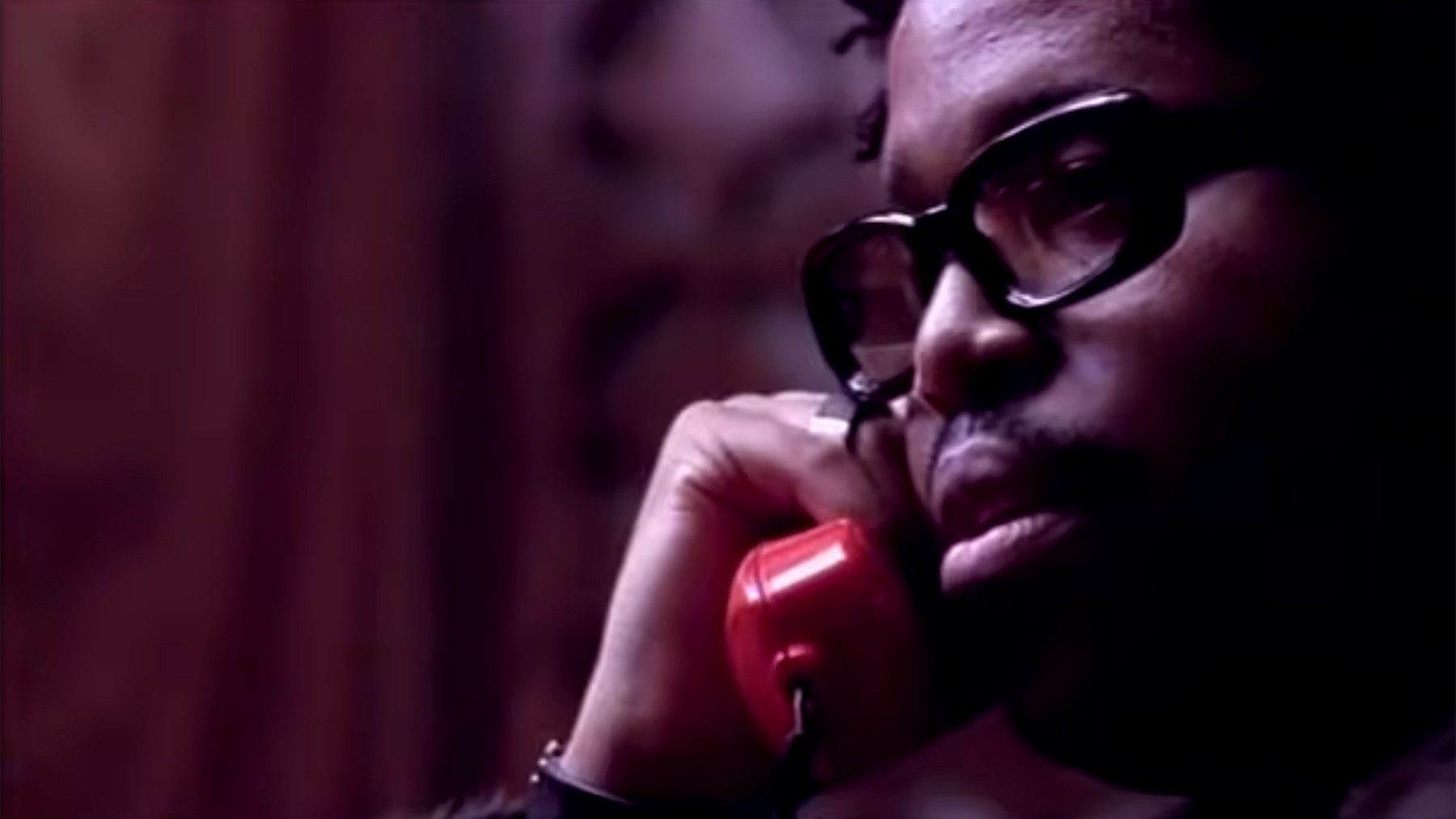 Felix Da Housecat DJ Portrait
Felix Da Housecat DJ Portrait
Felix Stallings Jr., a Chicago house veteran, had already created the acid house classic “Fantasy Girl” in 1987. His career went global with the 2000 album Kittenz and Thee Glitz, a conceptual work exploring celebrity and artifice, featuring collaborations with artists like Miss Kittin and Melistar. “Silver Screen Shower Scene” became an instant anthem of the electroclash era. Its lyrics satirizing celebrity culture and its driving electro sound seemed to define the entire genre. Jacques Lu Cont’s “Thin White Duke Remix” further amplified its popularity among DJs, solidifying its status as a quintessential good dance song of the electroclash movement. –M.M.
Dreamy Remix State: Dntel feat. Ben Gibbard – “(This Is) The Dream of Evan and Chan (Superpitcher Kompakt Remix)” (2001)
In 2000, Ben Gibbard of Death Cab for Cutie had a bizarre dream involving Evan Dando and Chan Marshall (Cat Power), which he turned into a song in collaboration with Dntel (Jimmy Tamborello). Dntel set Gibbard’s vocals to electronic beats and synths. However, the Superpitcher remix, from the Kompakt label, elevated the track further. With hazy synth layers and echoing bell sounds, it captured the dreamlike atmosphere hinted at in the lyrics. The remix transformed the song into a deeply immersive and ethereal experience, demonstrating how good dance songs can be enhanced through creative remixing to evoke specific moods and emotions. —M.M.
Hi-NRG Pioneer: Patrick Cowley feat. Sylvester – ‘Do Ya Wanna Funk?’ (1982)
 Sylvester Disco Singer Portrait
Sylvester Disco Singer Portrait
Image Credit: Getty Images
Patrick Cowley was a synth innovator who became a key figure in Hi-NRG, a genre popular in gay clubs. His work with Sylvester, and his extended version of Donna Summer’s “I Feel Love,” are landmarks of the genre. Despite falling ill in late 1981 and tragically passing away from AIDS a year later, Cowley continued to create music. “Do Ya Wanna Funk?” was created during his final months, a testament to his dedication. Featuring soaring synth riffs and Sylvester’s stratospheric falsetto, it remains a Hi-NRG classic. Its inclusion in the movie Trading Places further cemented its iconic status. “Do Ya Wanna Funk?” is a powerful example of a good dance song that is both musically innovative and culturally significant. —M.M.
Funk’s Unifying Groove: Funkadelic – ‘One Nation Under a Groove’ (1978)
![]() Funkadelic Band Performance
Funkadelic Band Performance
Image Credit: Redferns
“One Nation Under a Groove,” led by a prominent banjo, is arguably one of the greatest funk tracks ever created. Its infectious groove propelled it to the top of the R&B singles chart for six weeks in 1978. George Clinton’s decision to assign the song to Funkadelic, known for their guitar-heavy rock-funk, rather than Parliament, known for their horn-driven R&B, gave it a distinct edge. Clinton described Parliament as “smashing” but Funkadelic as “the movement,” highlighting the song’s powerful and unifying energy. “One Nation Under a Groove” is a quintessential good dance song that transcends genre and embodies the spirit of funk. —M.M.
Hi-NRG Defined: Evelyn Thomas – ‘High Energy’ (1984)
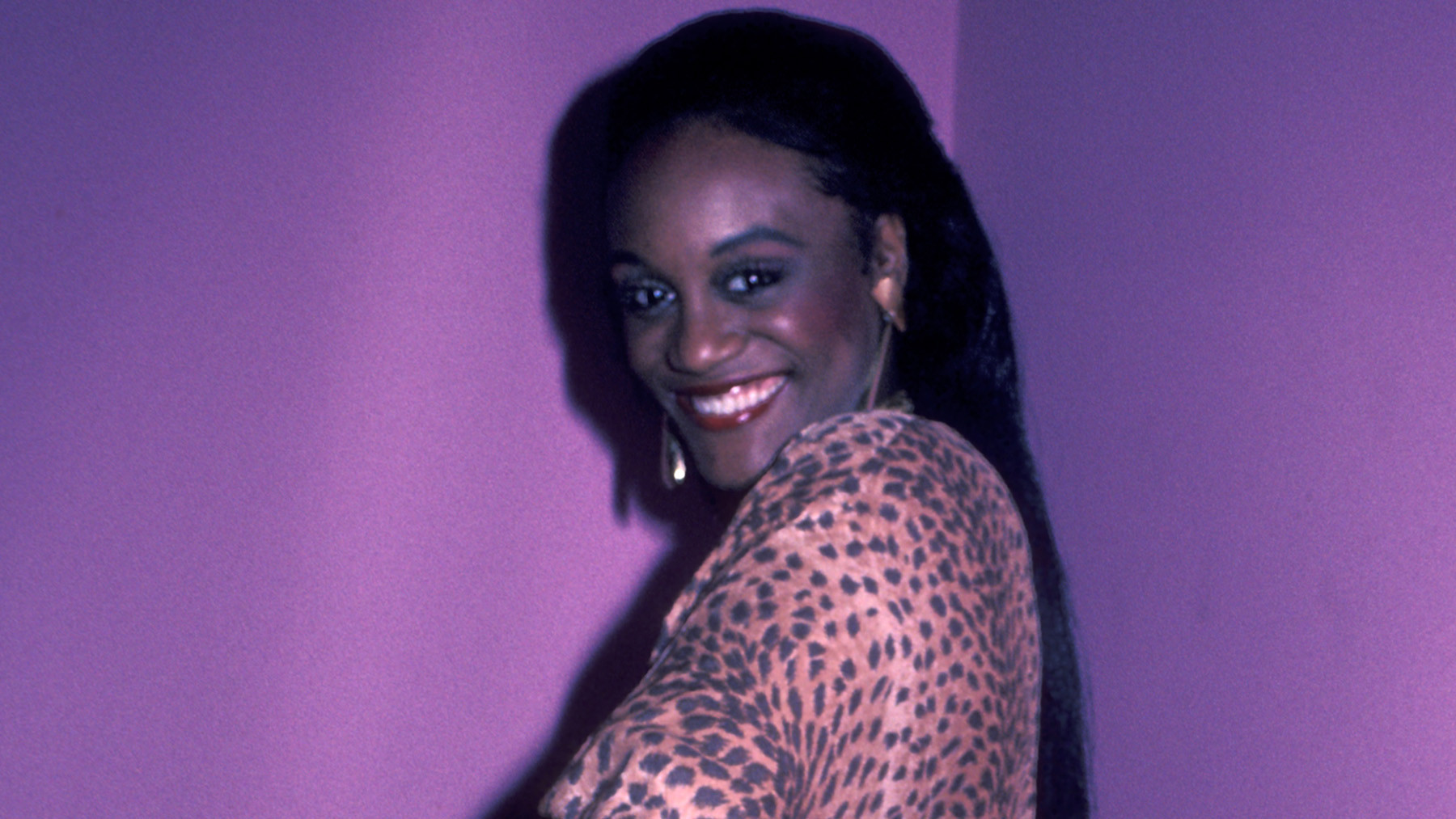 Evelyn Thomas Limelight Disco 1984
Evelyn Thomas Limelight Disco 1984
Image Credit: Ron Galella Collection via Getty
Released in 1984, Evelyn Thomas’s “High Energy” became synonymous with the Hi-NRG genre, although it wasn’t the first of its kind. Chicago singer Evelyn Thomas was signed by Manchester producer Ian Levine in her teens. Levine, a Northern Soul DJ who transitioned to disco as synths became prominent, blended “gay disco and old Motown”—the core ingredients of Hi-NRG. “High Energy” is brash, upbeat, and irresistibly catchy. It reached the British Top Five and remains a popular track, as highlighted by The Blessed Madonna (formerly Black Madonna) in her Bunker Podcast. “High Energy” is a defining good dance song that gave a genre its name and continues to energize dance floors. —M.M.
Effortless Collaboration: Daft Punk feat. Pharrell Williams and Nile Rodgers – ‘Get Lucky’ (2013)
When Pharrell Williams met Daft Punk at a Madonna party, he expressed his desire to collaborate, even offering to just play tambourine. When they met in Paris, Williams wanted to channel Nile Rodgers. Daft Punk played him a track they had already created with Rodgers, and Williams recorded his smooth vocals on that visit. He described the music as so “incredibly vivid” that it eliminated the need for MDMA. “Get Lucky” is a testament to effortless collaboration and the power of organic musical chemistry, resulting in a good dance song that is both sophisticated and universally appealing. –M.M.
Trance-Disco Fusion: Mat Zo and Porter Robinson – ‘Easy’ (2013)
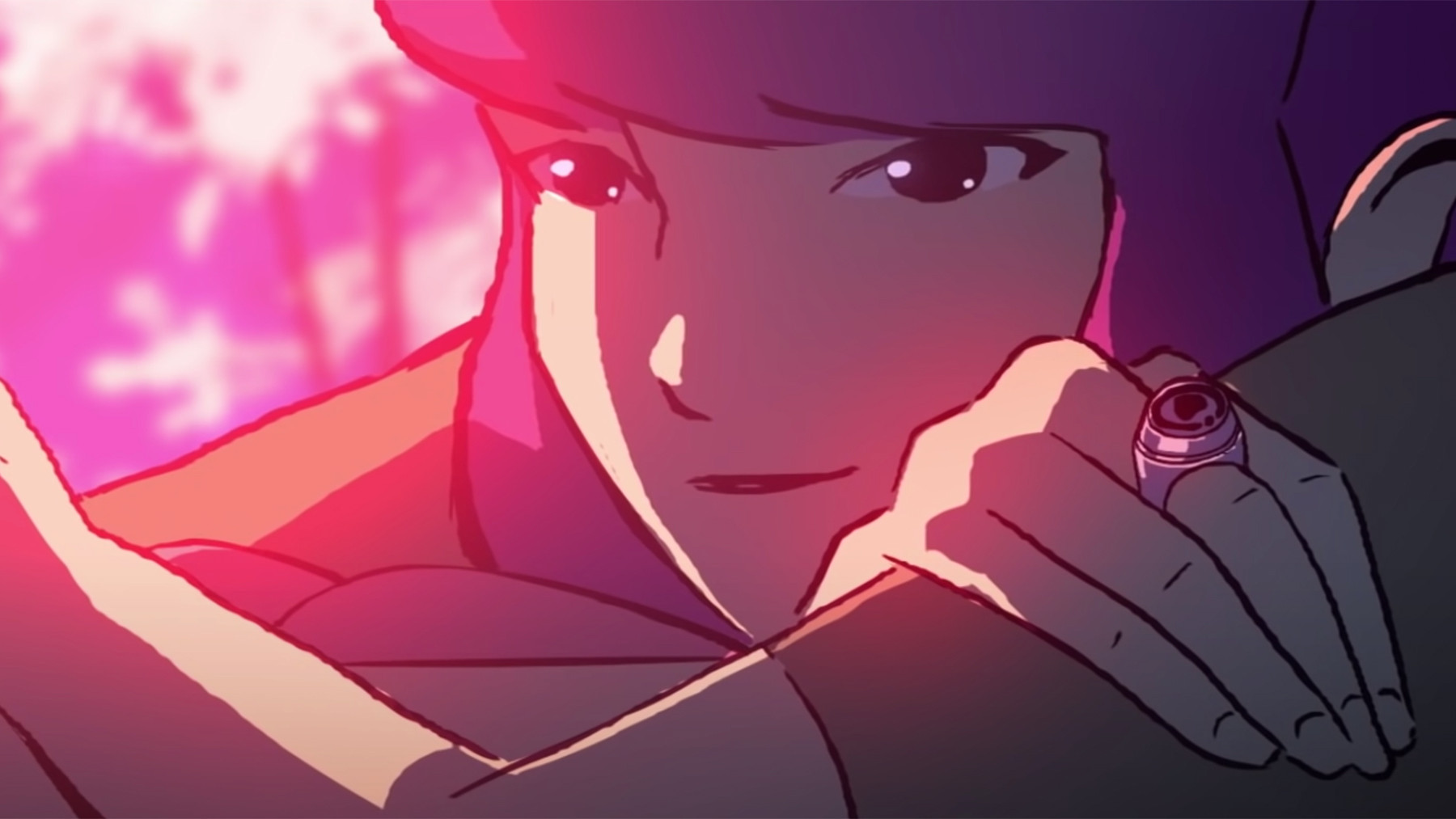 Porter Robinson Mat Zo Easy Artwork
Porter Robinson Mat Zo Easy Artwork
Porter Robinson described “Easy,” his collaboration with Mat Zo, as an “homage to Daft Punk’s Discovery.” It blends disco chords with a more intense, trance-inspired feel. “Easy” is a masterful update, both shimmering and classic. The central synth line evokes a Theremin and a Moog, and the vocal sample (from Colourblind’s “Nothing Better”) adds a heart-wrenching quality often missing in stadium EDM. “Easy” is a good dance song that successfully bridges classic disco influences with contemporary EDM sensibilities. —M.M.
Electroclash to EDM Bridge: Justice vs. Simian – “We Are Your Friends” (2006)
Image Credit: FilmMagic
In 2003, Parisian musicians Gaspard Augé and Xavier de Rosnay (Justice) remixed Simian’s “Never Be Alone” for a contest. Limited by their sampler’s memory, they only used the chorus vocal. Working without music software, they created a jagged, powerful track that bridged electroclash and EDM. Retitled “We Are Your Friends,” it became a hit in 2006, launching Justice’s career and prompting Simian to transform into the dance act Simian Mobile Disco. “We Are Your Friends” is a pivotal good dance song that marked the transition from electroclash to the emerging EDM sound. —M.M.
EDM Anthem for the Young Generation: Martin Garrix – ‘Animals’ (2013)
 Martin Garrix Coachella Performance
Martin Garrix Coachella Performance
Image Credit: Scott Roth/Invision/AP
Dance music is often driven by young creators, and the early 2010s EDM boom exemplified this. Martin Garrix’s “Animals,” built around a catchy synth riff with no lyrics, became a global smash when the Dutchman was only 18. Its instant success led to skepticism, with some industry figures assuming he didn’t produce his own music. Garrix addressed this by doing livestreams and production tutorials to demonstrate his skills. “Animals” is a defining good dance song of the EDM boom, demonstrating the genre’s appeal to a younger generation and the rapid rise of young talent. —M.M.
Freestyle’s Frothy Zenith: Debbie Deb – ‘Lookout Weekend’ (1984)
“Pretty Tony,” a Miami production pioneer, claimed to have coined the term “freestyle music.” His airy, energetic tracks bridged the sounds of KC and the Sunshine Band and 2 Live Crew. “Lookout Weekend,” Debbie Deb’s second single with Tony, epitomized freestyle at its best. Like its predecessor, “When I Hear Music,” “Weekend” achieved triple platinum status, leading Tony to purchase “two Porsches.” “Lookout Weekend” is a classic example of a good dance song from the freestyle era, capturing its upbeat and celebratory spirit. —M.M.
Baltimore Club Tribute: Tate Kobang – ‘Bank Rolls’ (2015)
 Tate Kobang Live Performance
Tate Kobang Live Performance
Image Credit: Redferns
Tate Kobang’s “Bank Rolls (Remix),” built around a sample of Tim Trees’ Baltimore club track “Bank Roll,” is a modern tribute to Baltimore’s club music scene and its enduring energy. Kobang’s remix honors the city, its people, and its resilience. In his final verse, he pays homage to K-Swift, a legendary DJ who helped popularize Baltimore club music before her untimely death. Kobang described K-Swift as a central figure in their culture. Like K-Swift’s work, “Bank Rolls (Remix)” introduced Baltimore club music to a new audience, showcasing its enduring appeal and making it a good dance song that honors a regional sound. —C.S.
New Wave Disco Medley: Soft Cell – ‘Tainted Love/Where Did Our Love Go?’ (1981)
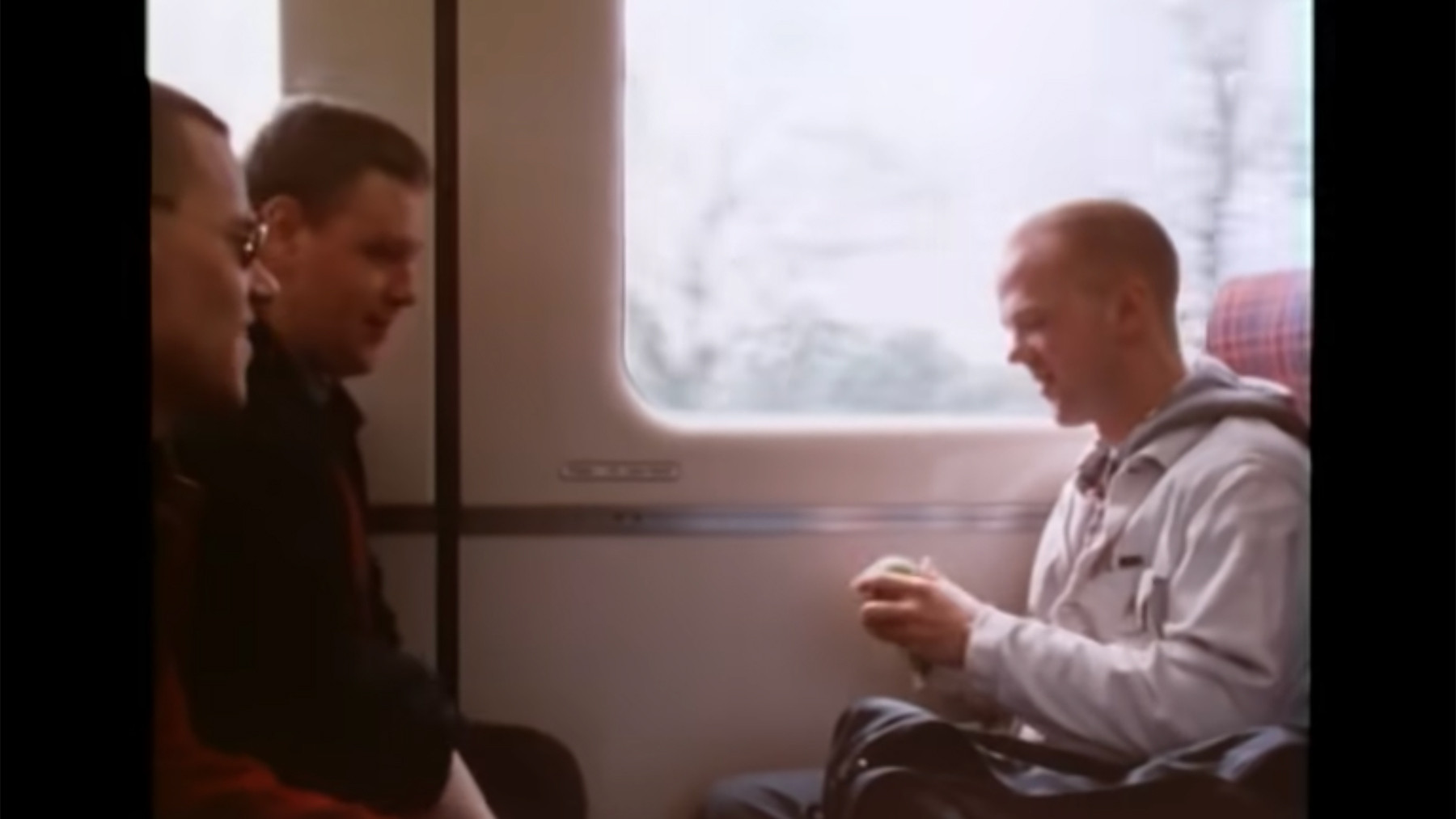 Soft Cell Band Photo
Soft Cell Band Photo
Marc Almond of Soft Cell described their shared love for Northern soul, 60s music, and 12-inch records. They combined these influences into their synth-pop version of Gloria Jones’ “Tainted Love.” Initially a hit on its own, they extended the track by incorporating The Supremes’ “Where Did Our Love Go?” for the 12-inch version. Almond stated the medley was intended to include just a few bars of “Where Did Our Love Go?” but they liked the result and included the entire song. This nine-minute medley became a New Wave disco anthem, hypnotizing dance floors and demonstrating how good dance songs can be created through innovative combinations of different musical styles. —M.M.
Ambient House Dreamscape: The Orb – ‘Little Fluffy Clouds’ (1990)
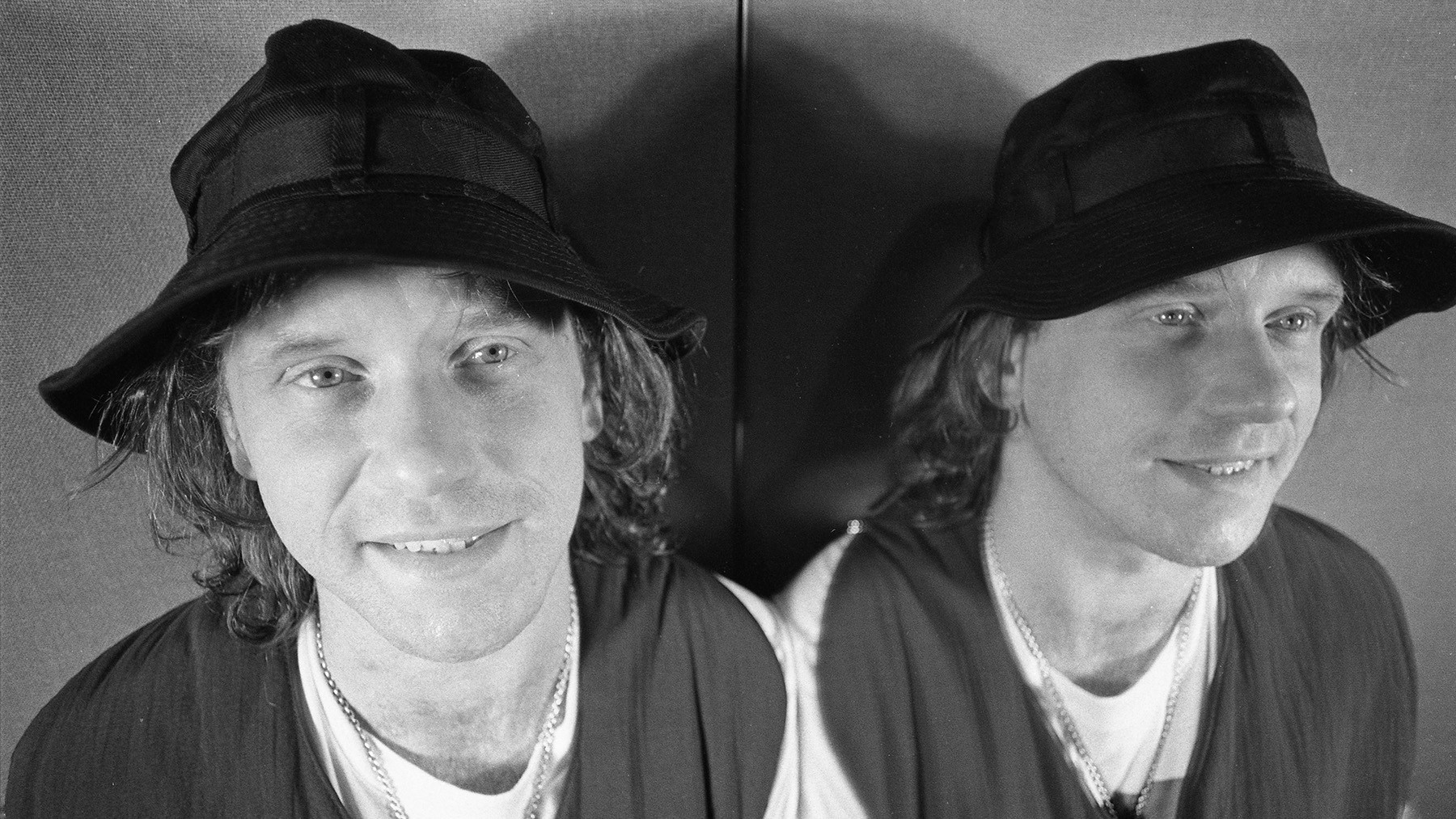 The Orb Alex Paterson Portrait
The Orb Alex Paterson Portrait
Image Credit: Getty Images
Alex Paterson of The Orb received a tape from a friend with a suggestion for a new single. Side A contained an interview with Rickie Lee Jones describing Arizona’s beautiful skies. Side B featured Steve Reich’s Electric Counterpoint. Paterson combined them to create “Little Fluffy Clouds,” a defining track of the acid-house era. Reich was reportedly pleased with the result, as his music reached a wider audience through The Orb’s creation. “Little Fluffy Clouds” is a unique good dance song that blends spoken word, ambient textures, and house rhythms to create a dreamy and immersive listening experience. —M.M.
Rave Bangers from Aphex Twin: Polygon Window – ‘Quoth’ (1993)
Richard D. James, known as Aphex Twin, is often associated with more experimental, seated-listening electronic music. However, in the early 1990s, he produced high-energy rave tracks. “Quoth,” released under the Polygon Window alias, is a prime example—a percussion-driven track that was particularly popular in the American Midwest rave scene. “Quoth” demonstrates Aphex Twin’s versatility and ability to create powerful good dance songs within the rave genre, despite his later, more abstract work. —M.M.
Dubstep’s Breakthrough Moment: Skream – ‘Midnight Request Line’ (2005)
 Skream DJ Performance
Skream DJ Performance
Image Credit: Universal Images Group via Getty
Shortly after releasing “Midnight Request Line,” London dubstep producer Skream discovered it was DJ Magazine‘s Record of the Month. This playful yet brooding track, with its fluttering synth melody, gliding bassline, and heavy claps, propelled Skream and dubstep into the spotlight. “Midnight Request Line” is a pivotal good dance song that marked dubstep’s breakthrough into mainstream dance music culture. –M.M.
Ghetto House Rawness: Paul Johnson – ‘Feel My M.F. Bass’ (1994)
“Ghetto house” was house music’s raw, street-oriented counterpart to gangsta rap, pioneered by Chicago producers like those on Dance Mania Records. Paul Johnson, known for his raw and quirky style, was a key figure in ghetto house. His tracks and DJ mixes were characterized by their unconventional flair and his dreamy voice-overs. “Feel My M.F. Bass” is a blunt and impactful track, featuring a heavy kick drum and Johnson’s gleeful vocal sample. It exemplifies the raw energy and directness of ghetto house, and stands as a testament to Johnson’s unique style, making it a powerful and unforgettable good dance song. —M.M.
Chicago House Vocal Harmony: Ten City – ‘That’s the Way Love Is’ (1989)
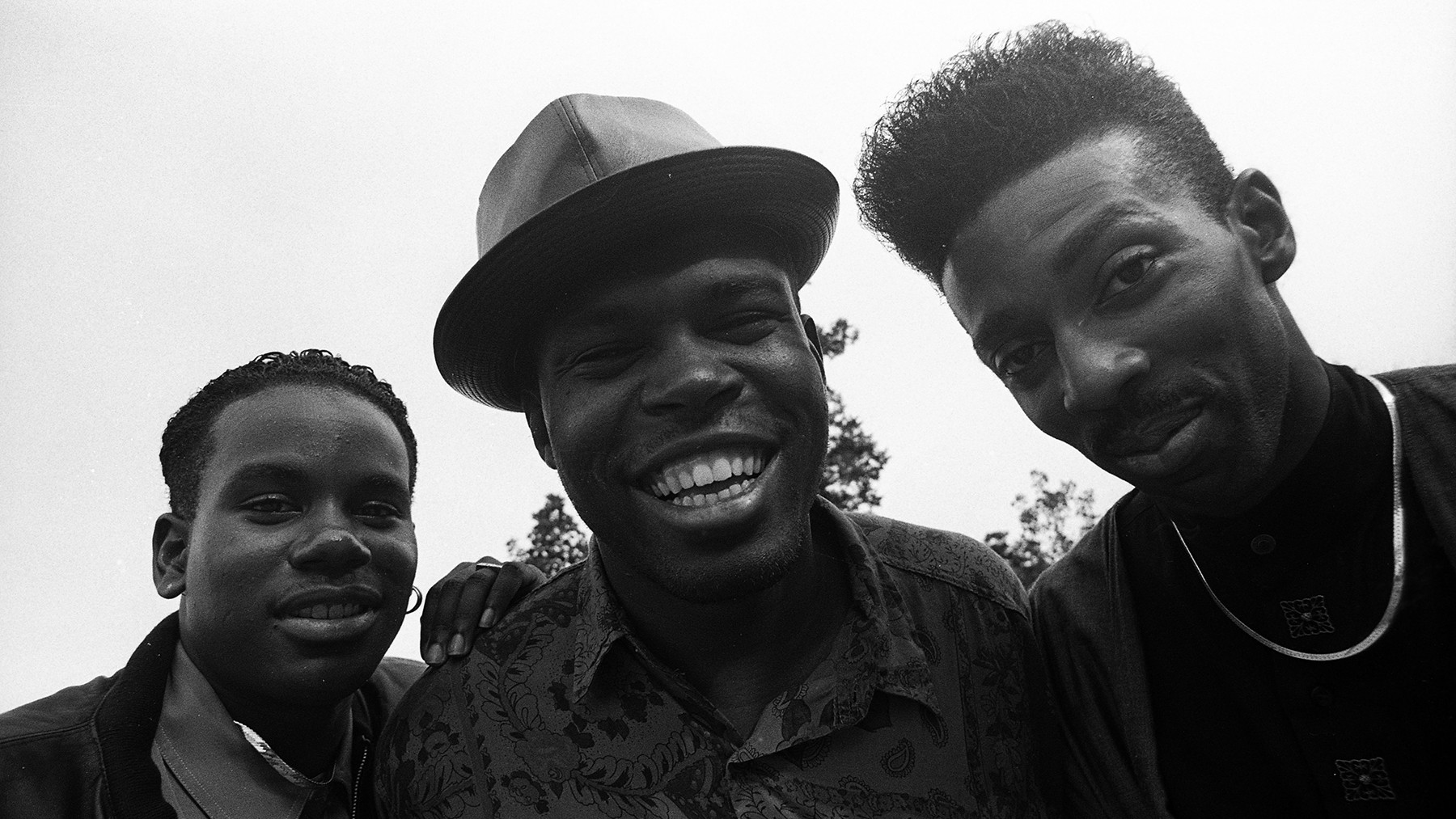 Ten City Band Portrait
Ten City Band Portrait
Image Credit: Getty Images
Marshall Jefferson, producer of Chicago house vocal trio Ten City, aimed to expand the genre by incorporating proper songwriting while also exploring more abstract elements. “That’s the Way Love Is,” Ten City’s third single, perfectly embodied this approach. It combined Philly-soul strings, lush love songs, and Byron Stingily’s high-reaching falsetto. The track reached the UK Top 10 and topped the Billboard dance chart. Jefferson noted its broader impact, with people in South Africa sharing stories of how the song represented liberation, highlighting how good dance songs can resonate beyond the dance floor and carry deeper cultural meanings. —M.M.
Industrial Dance Crossover: Nitzer Ebb – ‘Join in the Chant’ (1987)
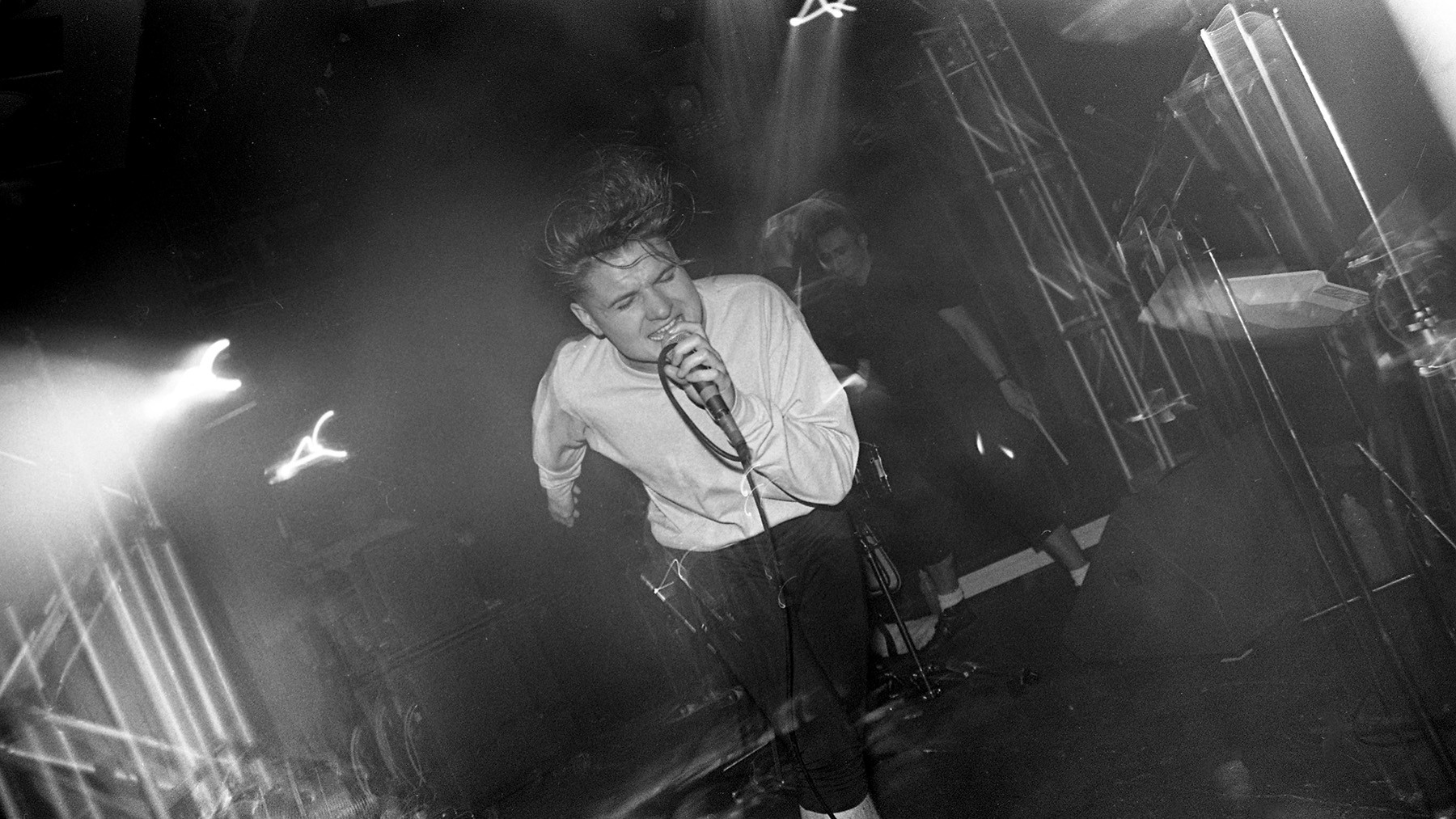 Nitzer Ebb Band Performance
Nitzer Ebb Band Performance
Image Credit: Getty Images
Nitzer Ebb, an industrial groove band from England’s Midlands, drew dance influences from their local club scene, which included disco and funk. “Join in the Chant,” their most rousing anthem, became a perfect techno crossover track, particularly in Detroit, where techno artists had roots in industrial music. Richie Hawtin included “Chant” in his influential 1999 mix CD Decks, EFX & 909, and Andrew Weatherall famously described listening to it as feeling “closest to God.” “Join in the Chant” is a powerful and influential good dance song that bridged industrial and techno genres. —M.M.
Gay Club Anthem of Escape: Bronski Beat – ‘Smalltown Boy’ (1984)
 Soft Cell Band Photo
Soft Cell Band Photo
Bronski Beat’s Jimi Somerville joked that his vocal training consisted of singing along to Donna Summer and Sylvester records. “Smalltown Boy” channeled his personal experiences of alienation and escape, fueled by his desire for a life beyond limited expectations for gay people. With its poignant lyrics, keening vocal hook, and synth melodies, “Smalltown Boy” became an immediate gay club anthem, topping the Billboard club chart and reaching the UK Top Three. It’s a deeply resonant good dance song that became an anthem of escape and self-discovery for many. —M.M.
Bleep Techno Bass Power: LFO – ‘LFO (Leeds Warehouse Mix)’ (1990)
Image Credit: PYMCA/Universal Images Group/Getty Images
LFO were pioneers of Sheffield’s “bleep” scene, Warp Records’ original sound. While characterized by “bleeps,” Warp’s Steve Beckett emphasized that “it was all about the bass.” LFO’s self-titled track showcased this perfectly. Icy synth chords and bleeps create a foundation for layers of powerful low-end. The bassline is designed to make you move, while the sub-bass can shake buildings. “LFO” is a foundational good dance song of the bleep techno genre, emphasizing the power of bass in electronic music. —M.M.
Drake’s Subculture Dip: Drake – ‘Sticky’ (2022)
 Drake Sticky Single Artwork
Drake Sticky Single Artwork
Drake’s album Honestly, Nevermind marked his foray into dance music, drawing from Jersey and Baltimore club music and deep house. “Sticky,” produced by Gordo and Ry X, is a standout track. Drake shifts from his usual low-key vocals to rapping about personal topics, including the release of Young Thug and the passing of Virgil Abloh. “Sticky” is an example of a mainstream artist engaging with subcultures and finding new creative directions, resulting in a good dance song that blends Drake’s style with contemporary club sounds. —J.D.
House Music Devotion: Roland Clark – ‘I Get Deep (Shelter Mix)’ (2000)
“Roland Clark’s love for house music began at Club Zanzibar, a Newark, New Jersey club where Tony Humphries was a resident DJ. “I Get Deep” expresses this deep connection. Over lively beats and keyboard melodies, Clark delivers a monologue capturing the immersive experience of a dance floor moment, where the outside world fades away. The 12-inch release also included the a cappella, which was later sampled by Fatboy Slim. “I Get Deep” is a deeply personal and evocative good dance song that celebrates the transformative power of house music and dance floor experiences. —M.M.
Lo-Fi House Gospel: Aly-Us – ‘Follow Me’ (1992)
 Aly-Us Follow Me Single Artwork
Aly-Us Follow Me Single Artwork
Early house music often had a raw, lo-fi quality that was part of its appeal. Aly-Us’s “Follow Me” exemplifies this. A gospel-inspired track with uplifting lyrics about unity and peace, it was recorded by a New Jersey trio in a basement on a four-track recorder. Its lo-fi production and raw vocal exchanges enhance its sense of urgency and sincerity. “Follow Me” is a good dance song that showcases the soulful and DIY spirit of early house music, proving that powerful messages and emotions can be conveyed through simple means. —M.M.
Disco’s First Steps: George McCrae – ‘Rock Your Baby’ (1974)
Image Credit: Redferns
In the summer of 1974, two songs that first gained popularity in clubs reached Number One on the Billboard Hot 100. One was “Rock the Boat,” and the other was George McCrae’s “Rock Your Baby.” These were among the first disco hits. The instrumental track for “Rock Your Baby” was created by Henry Wayne Casey, Richard Finch, and Jerome Smith. McCrae was added as he was present at the TK Records offices. He jokingly recalled that they gave him “Rock Your Baby” to keep him occupied. Casey, Finch, and Smith later formed KC and the Sunshine Band. “Rock Your Baby” is a foundational good dance song that marked the early rise of disco into mainstream popularity. —M.M.
Reggaeton’s Experimental Blueprint: El General – ‘Perezosa’ (1995)
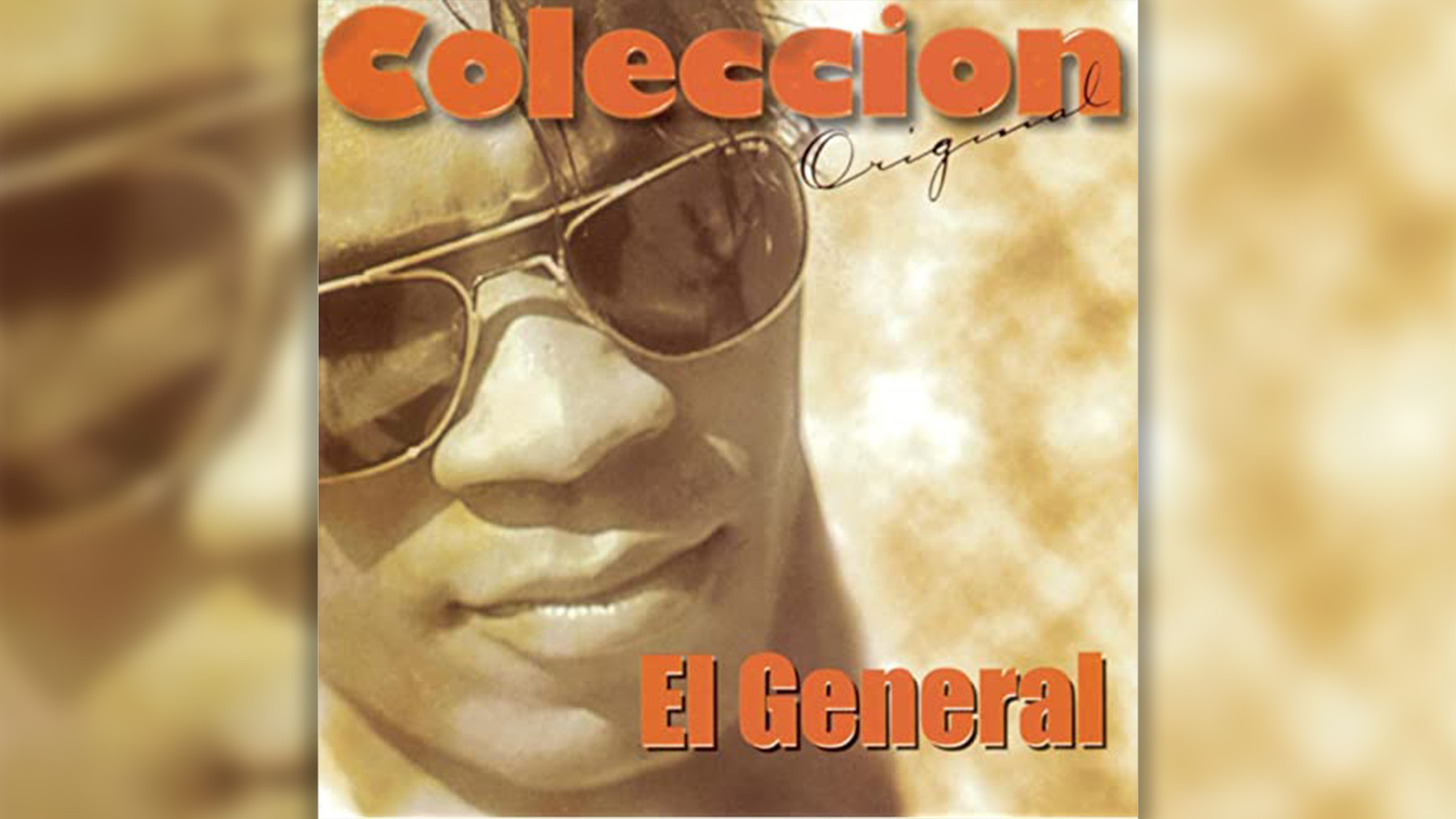 El General Portrait
El General Portrait
Panamanian pioneer El General is credited with establishing the blueprint for reggaeton in the 1980s and 90s using reggae rhythms. However, his experimental approach and broader influence on club music are often overlooked. “Perezosa,” from his album Club 555, showcases his range. It’s a booming and empowering dance anthem packed with high-voltage electronic sounds that captured the energy of Latin American parties. “Perezosa” is a good dance song that demonstrates El General’s innovative approach and his significant contribution to both reggaeton and wider club music trends. —J.L.
Jungle’s Playful Groove: Tom and Jerry – ‘Maximum Style’ (1994)
Image Credit: Naki/Redferns/Getty Images
4Hero, consisting of Marc Mac and Dego MacFarlane, are drum and bass stalwarts, creating hits throughout the genre’s evolution. Tom and Jerry was one of their aliases, responsible for “Maximum Style.” Released as jungle’s popularity grew in the UK, “Maximum Style” is a smooth and playful track with an enchanting guitar melody and cartoon sound effects. It balances playfulness with a serious groove, making it a standout track from the jungle era and a good dance song that exemplifies the genre’s diverse textures. —M.M.
Dance-Punk’s Existential Humor: LCD Soundsystem – ‘Losing My Edge’ (2002)
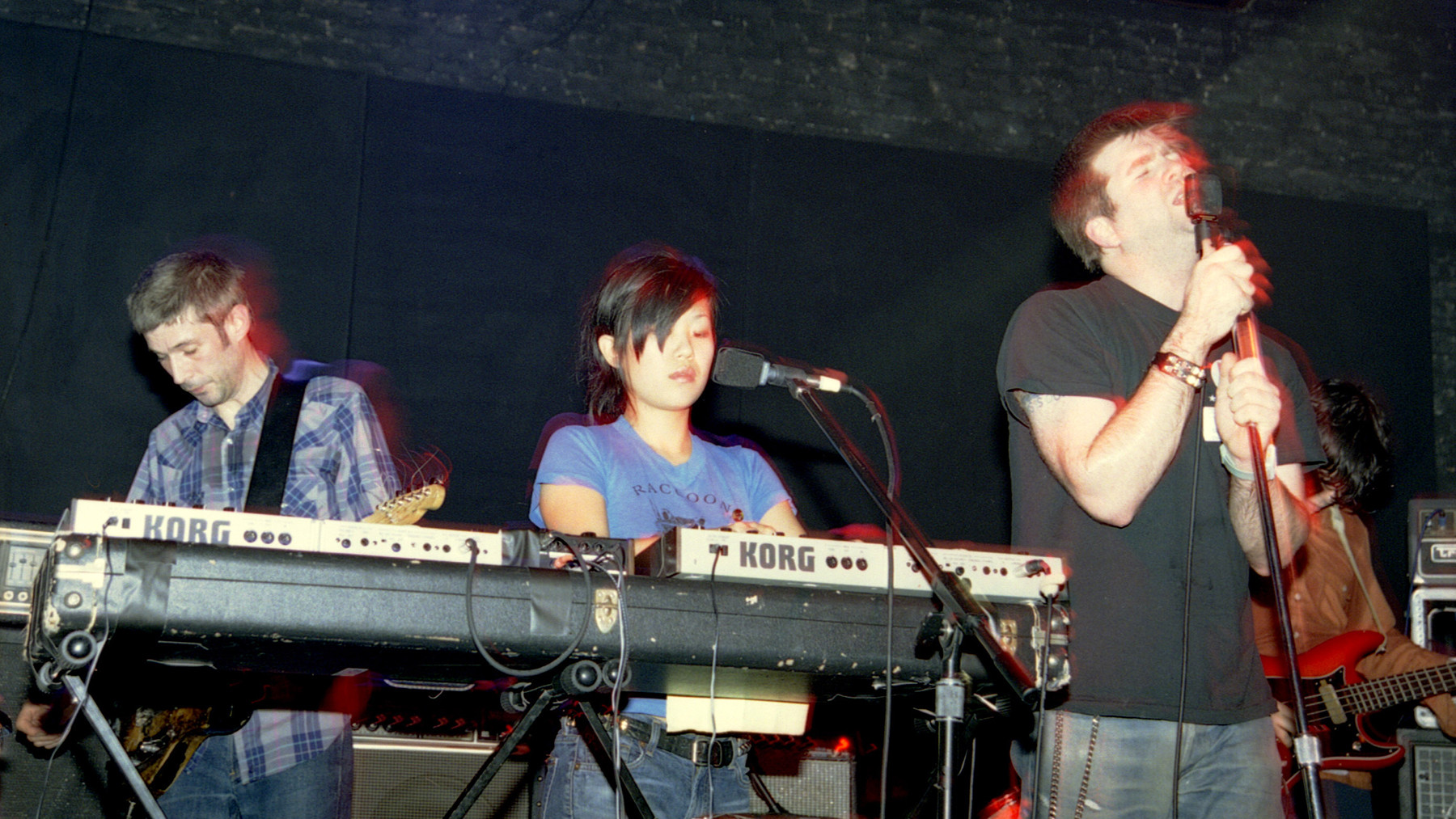 LCD Soundsystem Live Performance
LCD Soundsystem Live Performance
Image Credit: Redferns
LCD Soundsystem’s debut single “Losing My Edge” is both a compelling dance track and a witty commentary on hipster culture. James Murphy plays an aging hipster humorously confronting his fading relevance as a new generation emerges. The song is both self-deprecating and universally relatable, capturing the anxieties of cultural obsolescence with humor and a driving beat. “Losing My Edge” is a brilliant and ironic good dance song that helped ignite the New York dance-punk scene and remains relevant for its humor and danceability. —J.D.
Latin Pop Dancefloor Architect: Shakira – ‘Ojos Asi (Thunder Mix)’ (1999)
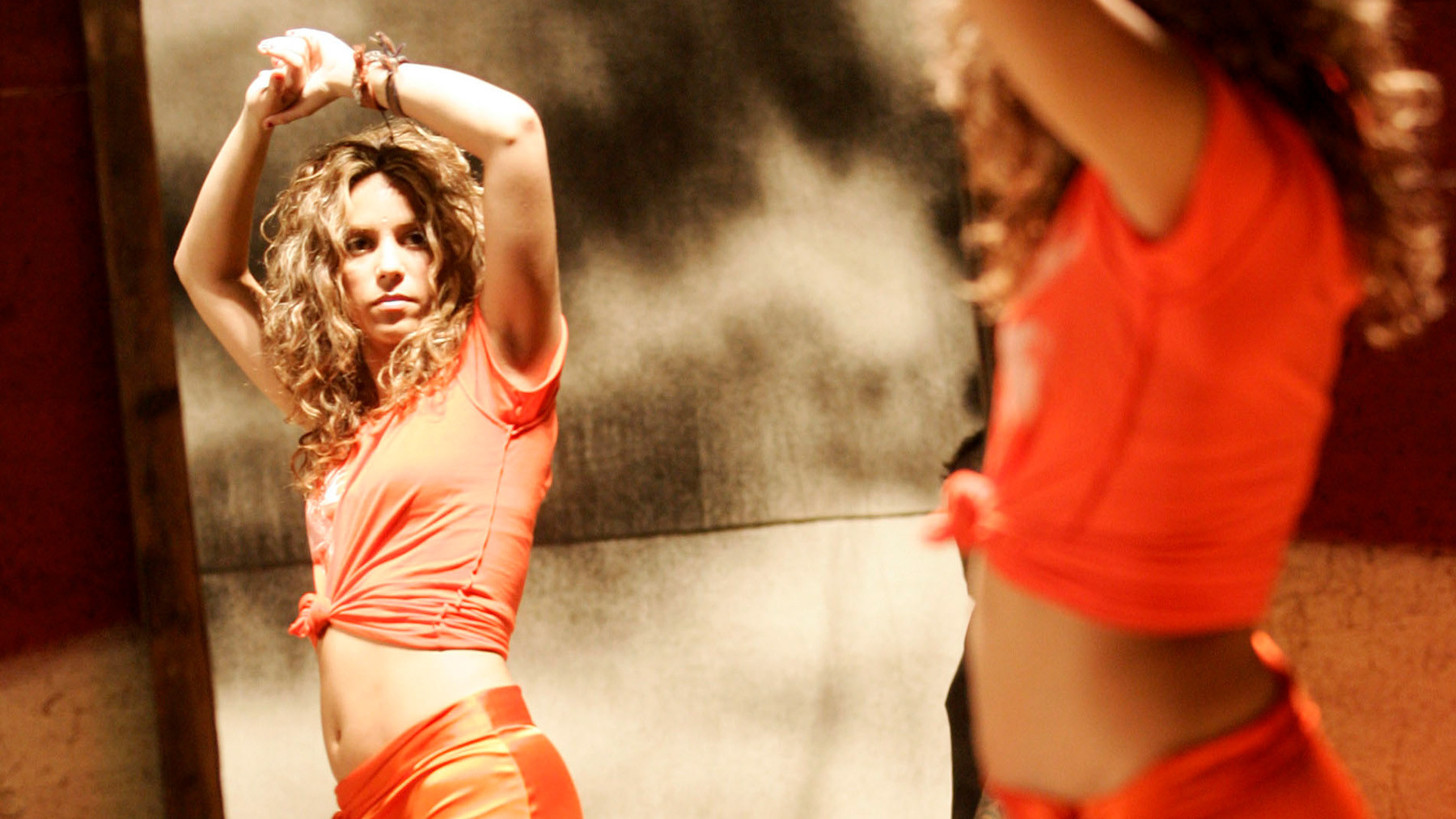 Shakira Performance Image
Shakira Performance Image
Image Credit: ASSOCIATED PRESS
Pablo Flores, a Puerto Rican DJ, is a significant figure in Latin pop, having worked with major artists associated with Emilio Estefan. When he met Shakira, he and Javier Garza helped her create “Ojos Asi.” The song blended Shakira’s Lebanese roots with a forward-thinking global sound. Flores’ extended “Thunder Mix” amplified these elements, creating a masterful production that resonated on dance floors worldwide. “Ojos Asi (Thunder Mix)” is a good dance song that showcases the fusion of Latin pop with global dance music trends, and highlights Flores’ role in shaping the sound of Latin pop. —J.L.
Glitchy Drum and Bass Complexity: Squarepusher – ‘My Red Hot Car’ (2001)
 Squarepusher Live Performance
Squarepusher Live Performance
Image Credit: Redferns via Getty Images
Tom Jenkinson, as Squarepusher, pushed drum and bass into abstract territories in the mid-1990s, making it less danceable and more intellectually focused. However, with “My Red Hot Car,” he aimed for a more spontaneous and playful approach. The track features cut-up vocals and glitchy production, alternating with moments of negative space and a driving bassline. “My Red Hot Car” is a complex and adventurous good dance song that appeals to DJs seeking innovative and challenging sounds within drum and bass. —M.M.
Remix to Solo Career Launch: Moloko – ‘Sing It Back (Boris Musical Mix)’ (1997)
Image Credit: Getty Images
Moloko’s original version of “Sing It Back” was a moody, downtempo track that failed to gain traction. Boris Dlugosch’s remix transformed it into a crisp house groove, inspired by Chic, with a captivating rhythm guitar and playful bassline. This remix became a hit, reaching the UK Top Five and launching Róisín Murphy’s successful and often danceable solo career. The Boris Musical Mix of “Sing It Back” is a prime example of how a remix can completely reimagine a song and transform it into a widely popular good dance song. —M.M.
Synth-Pop Top 40 Crossover: The Human League – ‘Don’t You Want Me’ (1981)
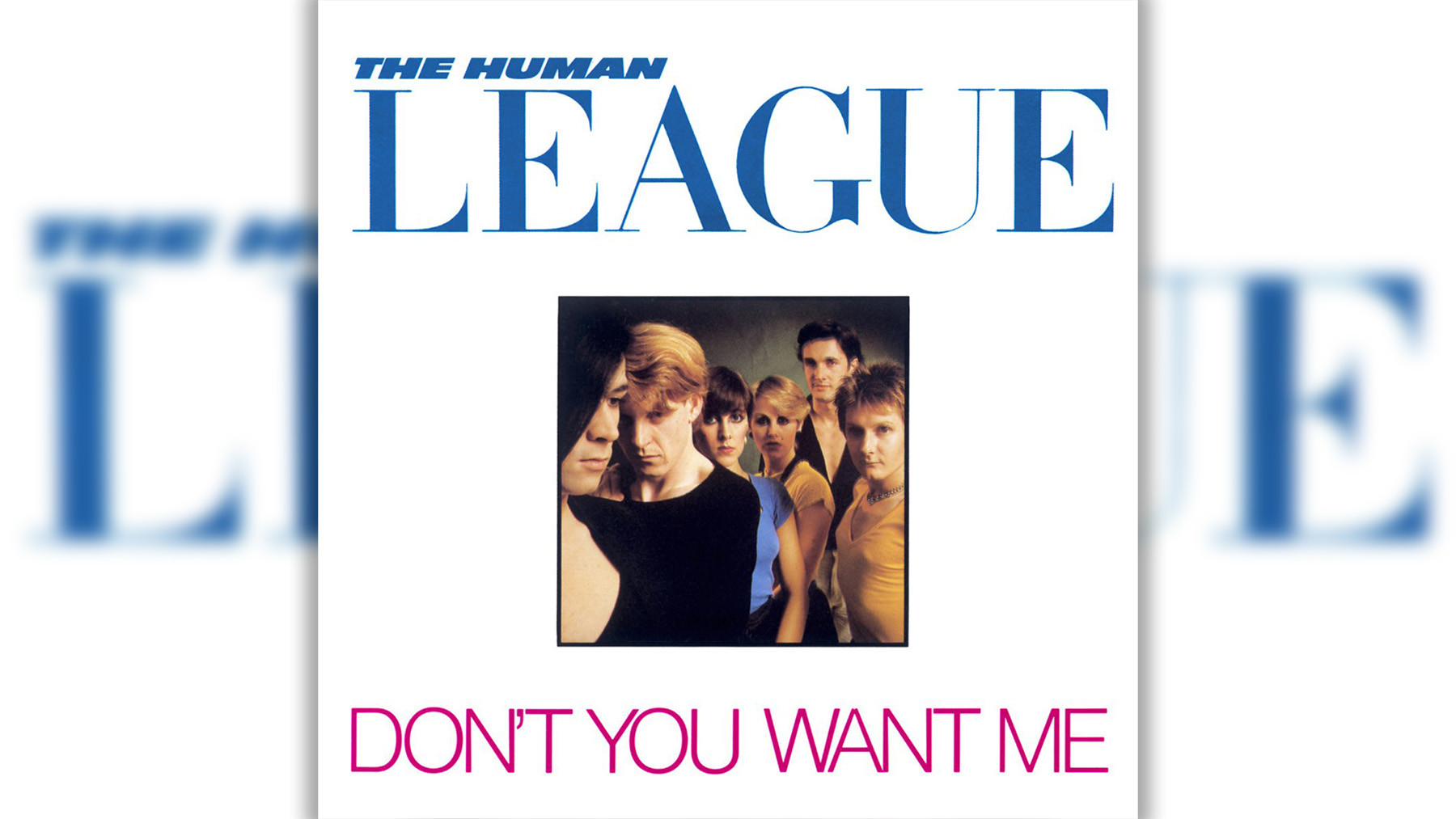 The Human League Band Photo
The Human League Band Photo
“Don’t You Want Me” by The Human League was conceived with a narrative structure inspired by A Star Is Born and My Fair Lady. Keyboardist Jo Callis described the song as telling the story of a star maker and his creation. Initially, the group didn’t think much of the song, despite its catchy structure and riff. However, “Don’t You Want Me” became their first Number One hit in both the UK and US, and a Top Three hit on the Billboard Dance Club chart. It marked a key moment in the convergence of UK synth-pop, club music, and mainstream Top 40, proving that good dance songs can bridge genres and reach massive audiences. —M.M.
These songs represent just a glimpse into the vast and ever-evolving world of dance music. From disco’s glamorous beginnings to the diverse sounds of contemporary club culture, these tracks showcase the power of rhythm, melody, and innovation to move bodies and souls. Exploring these good dance songs offers a journey through the history of a vibrant and essential musical landscape.

